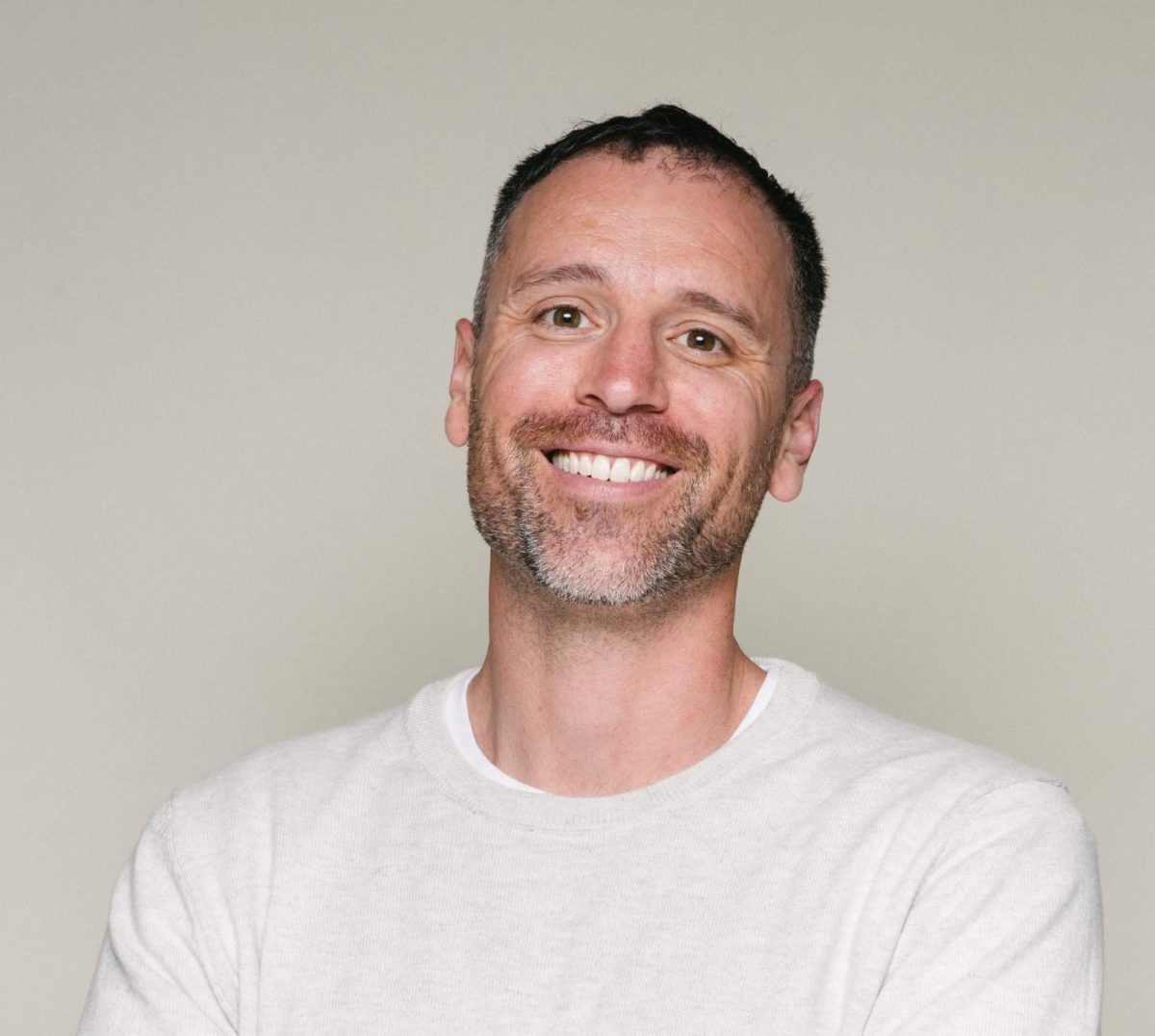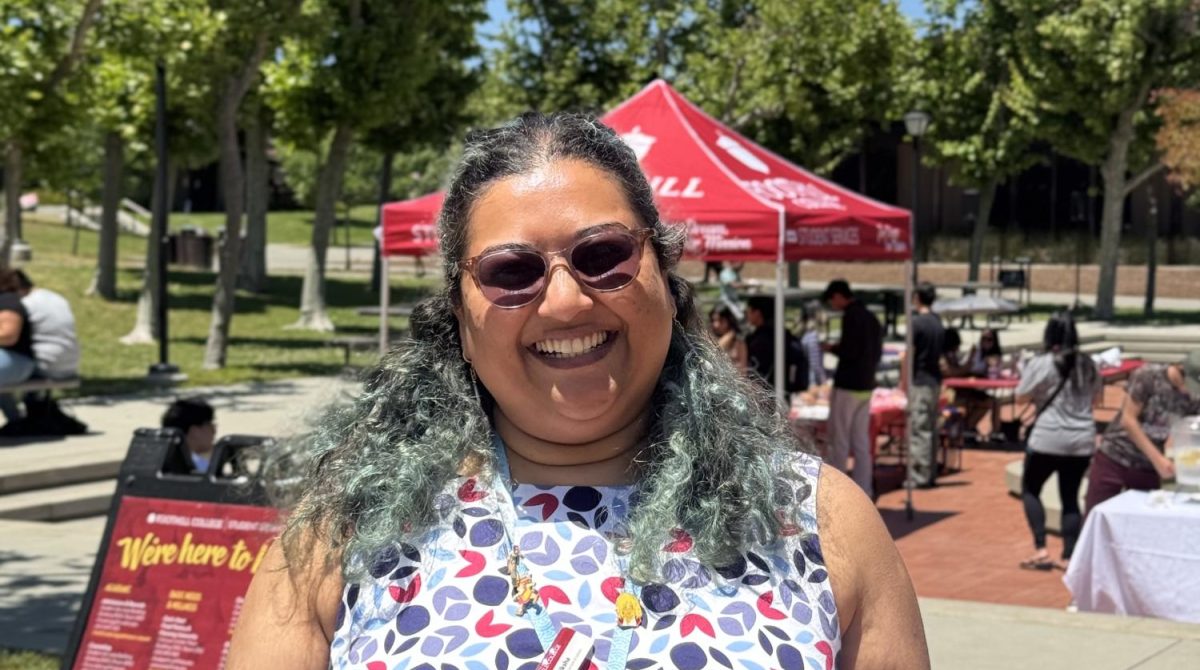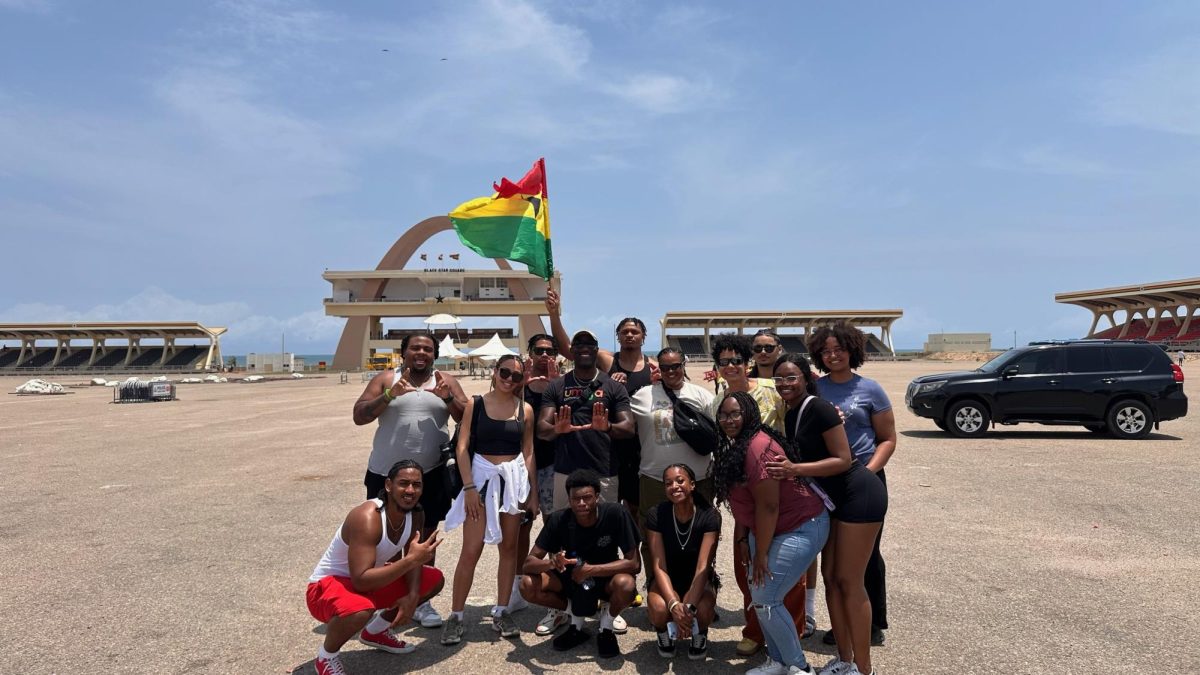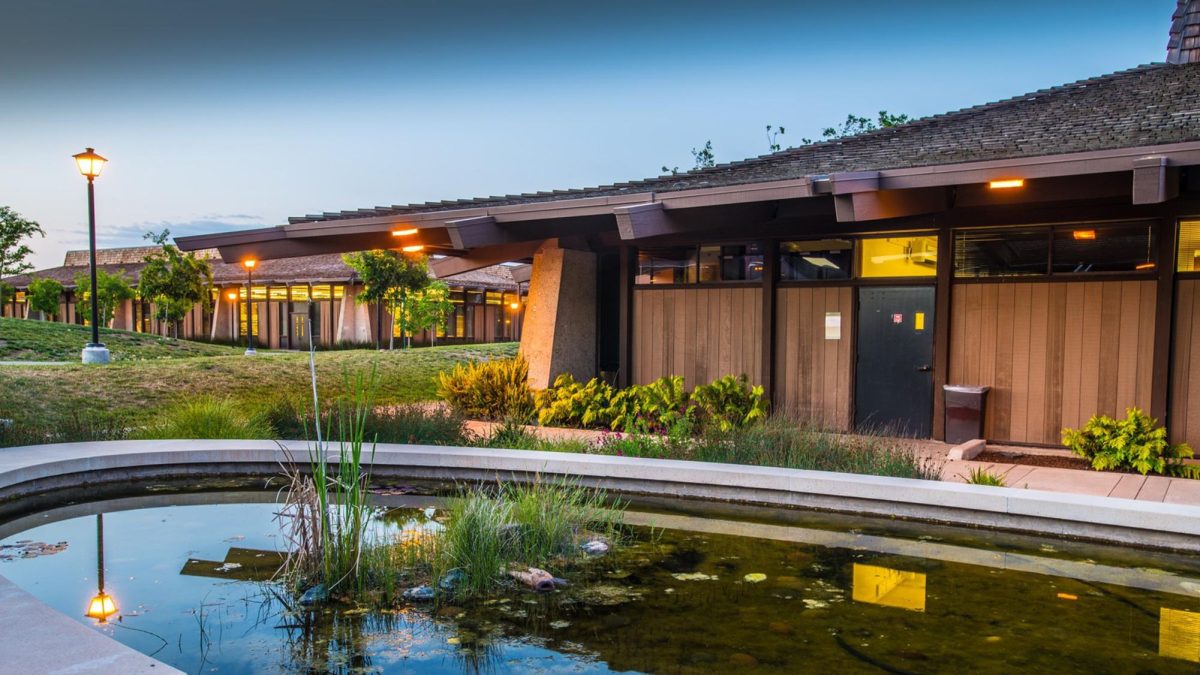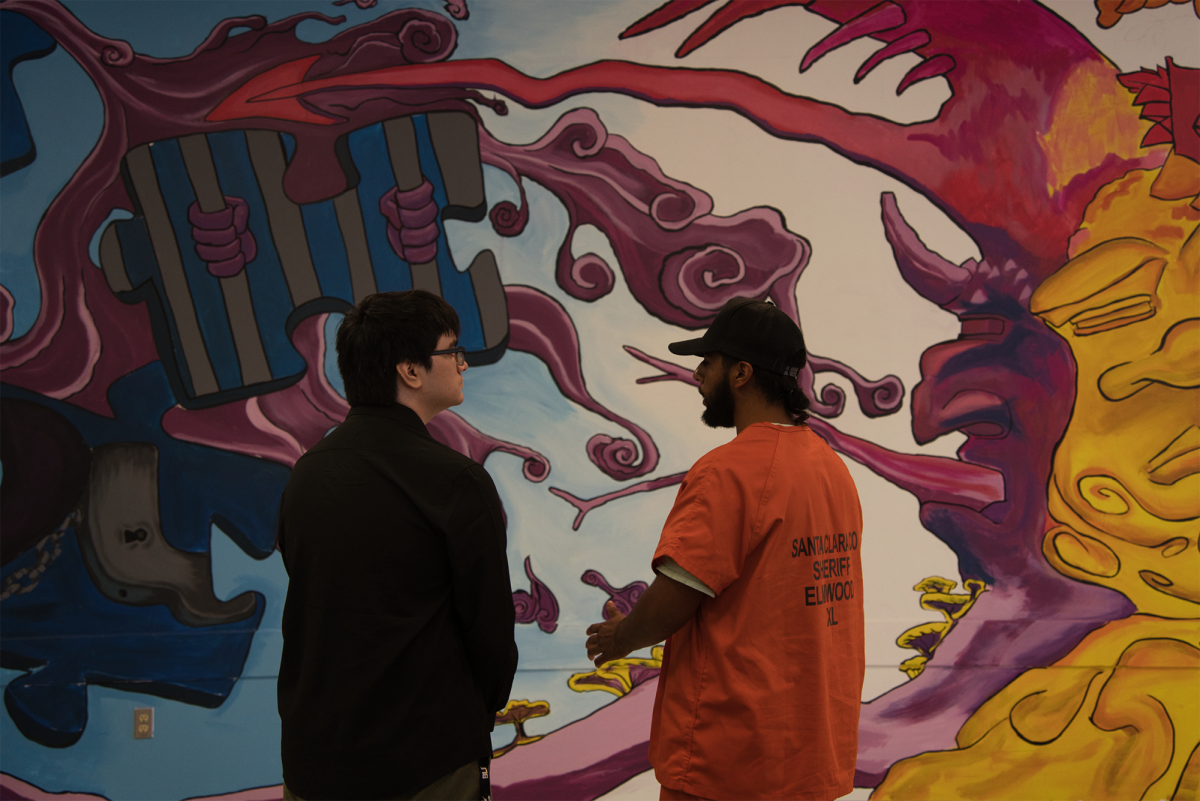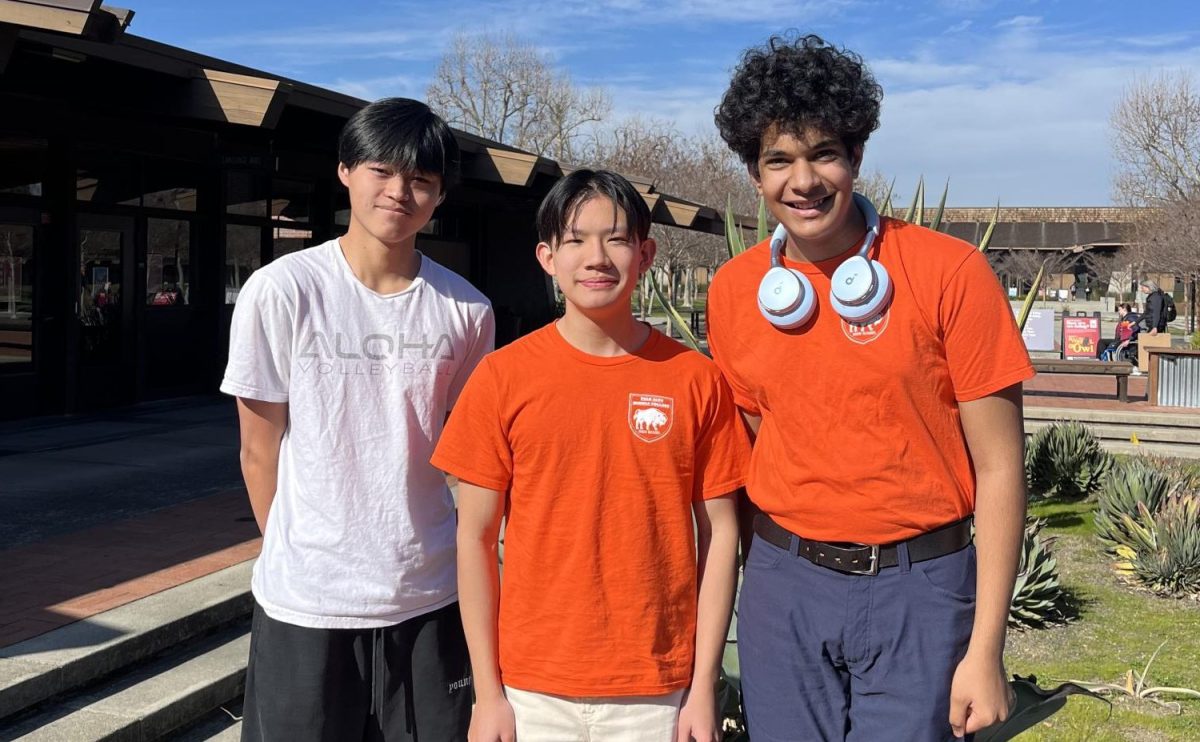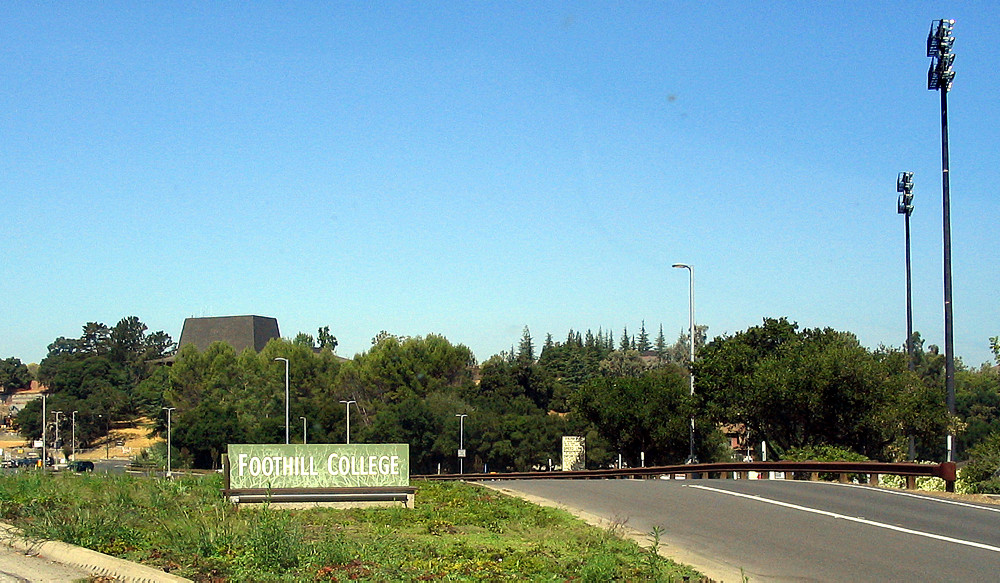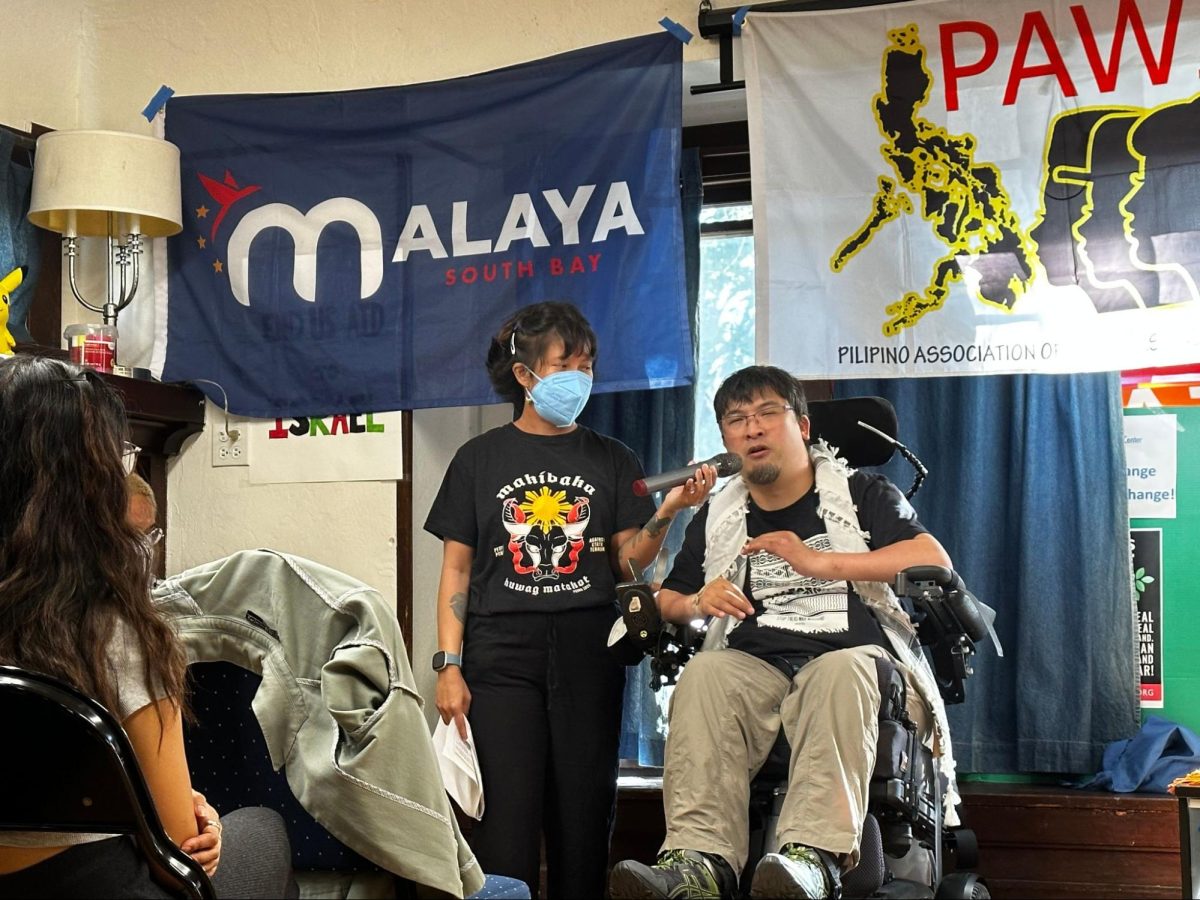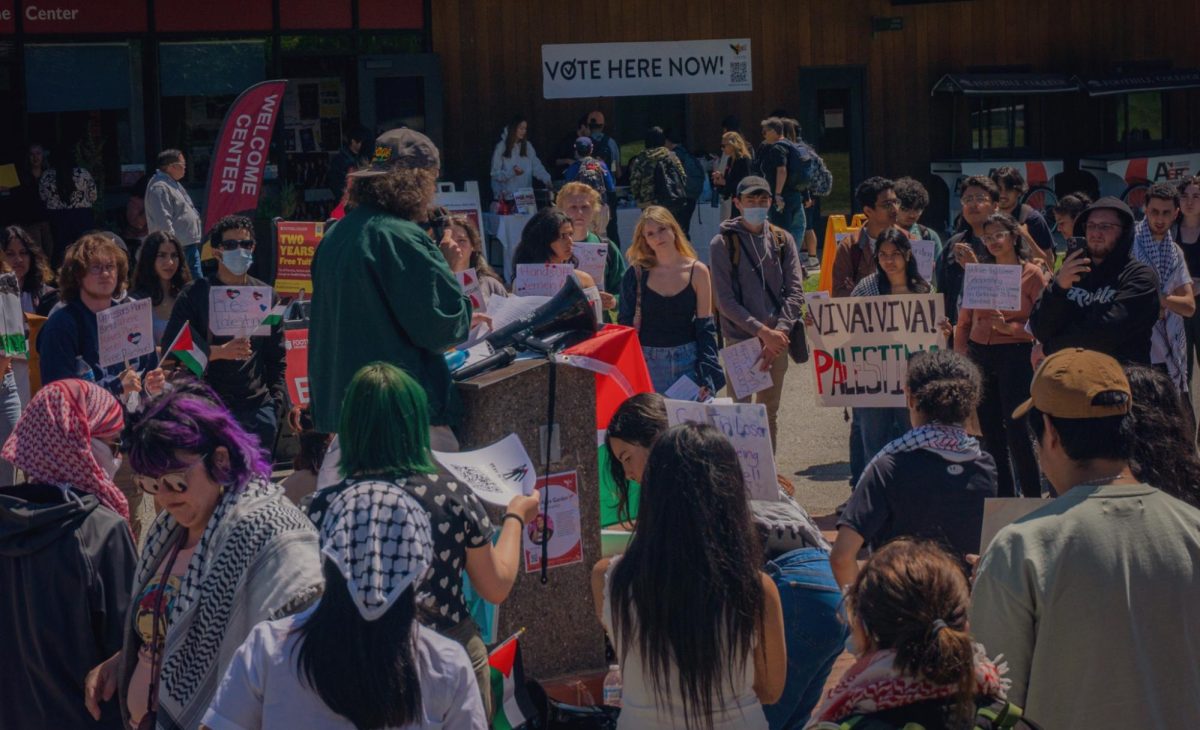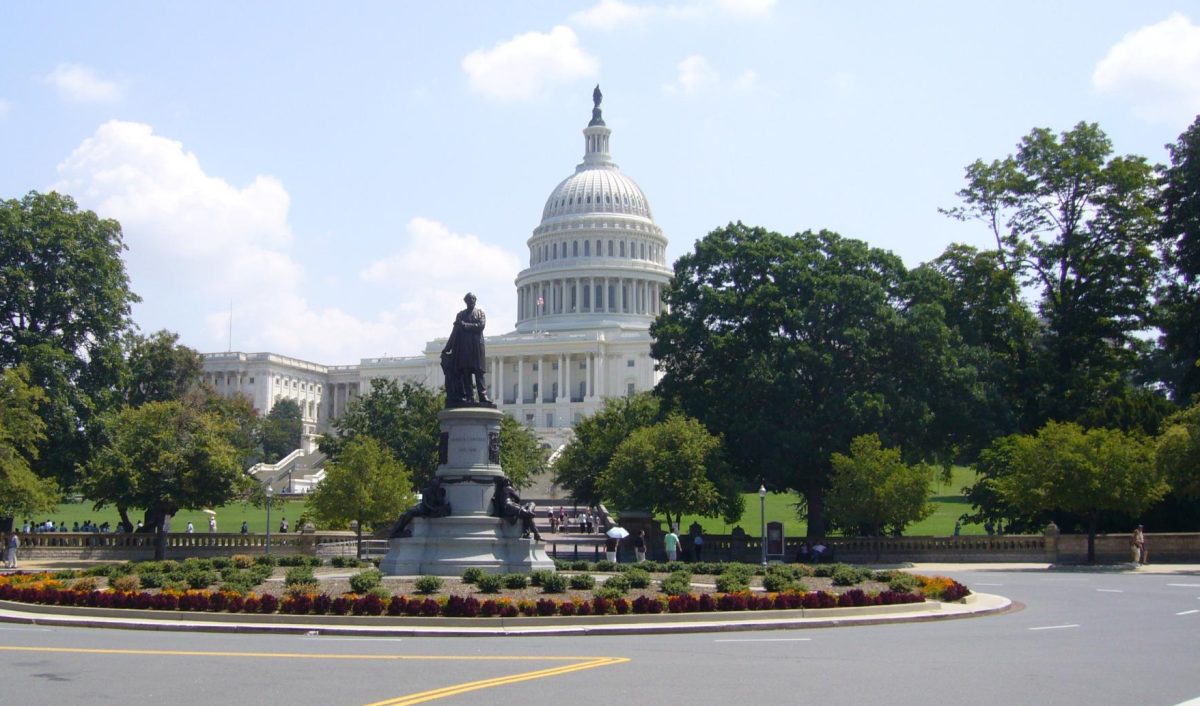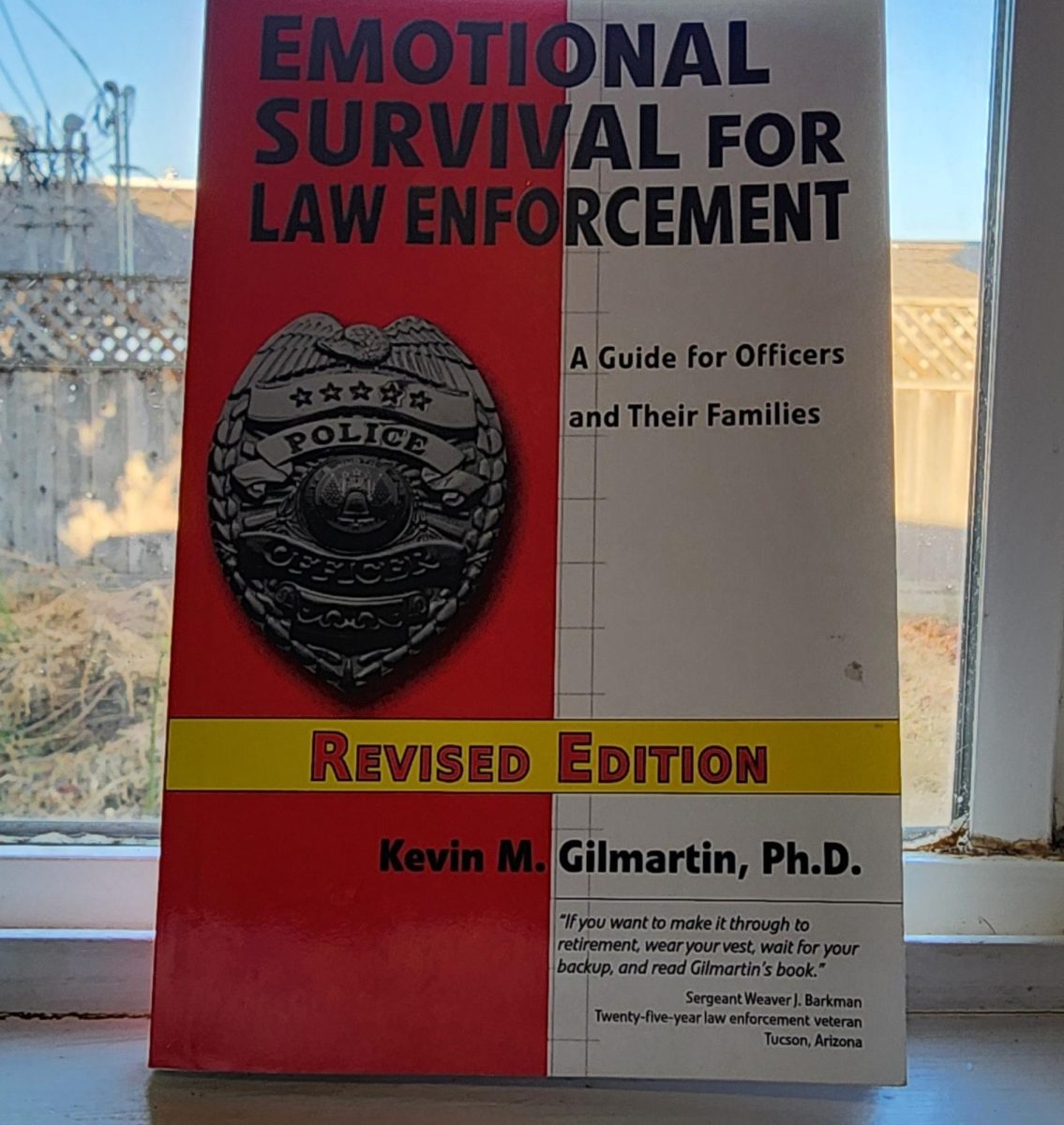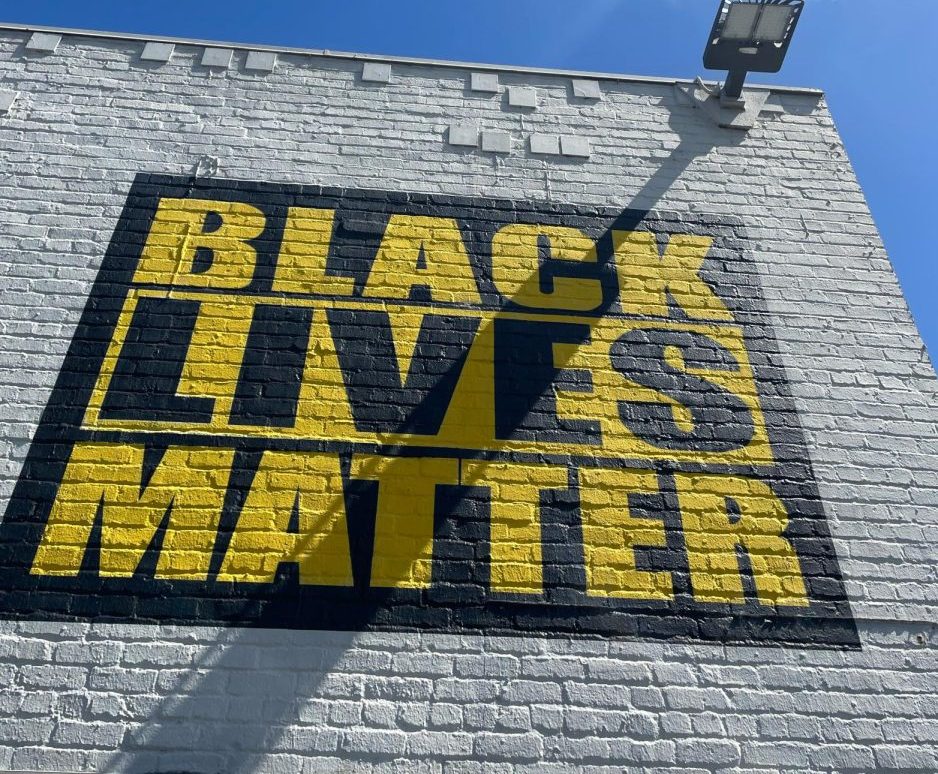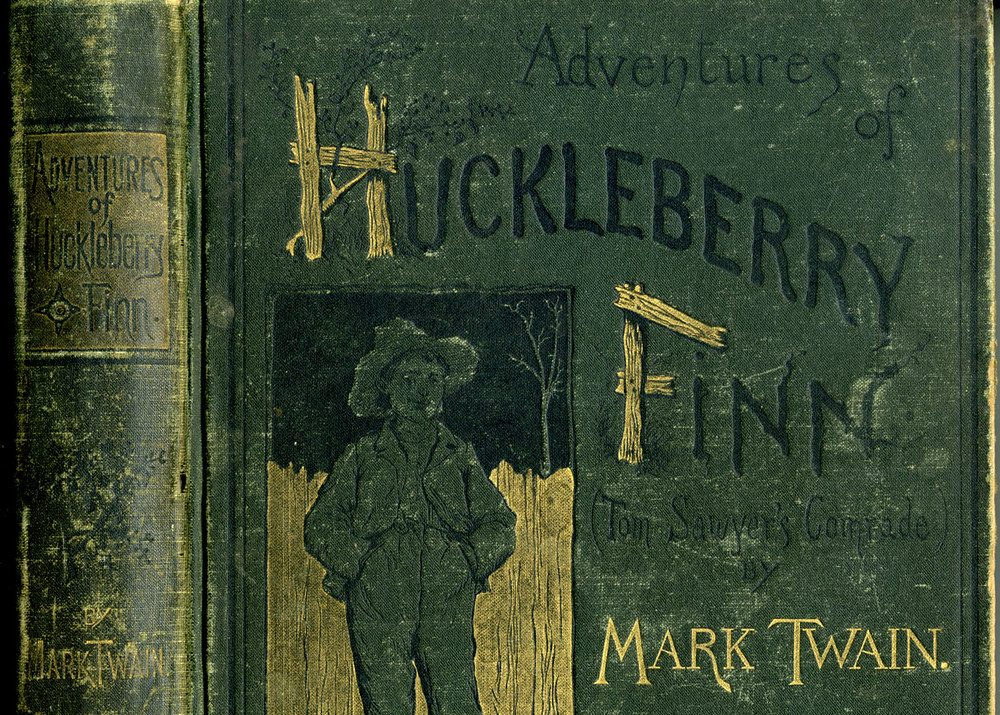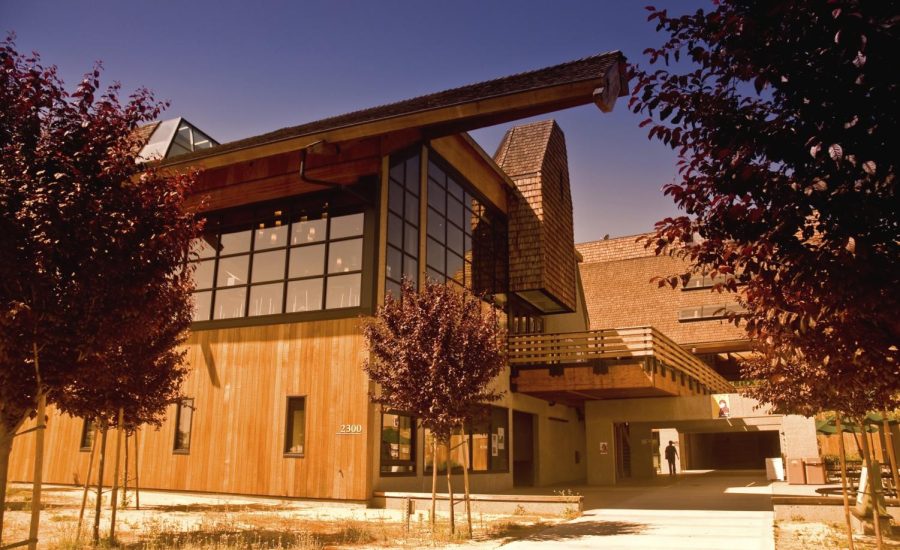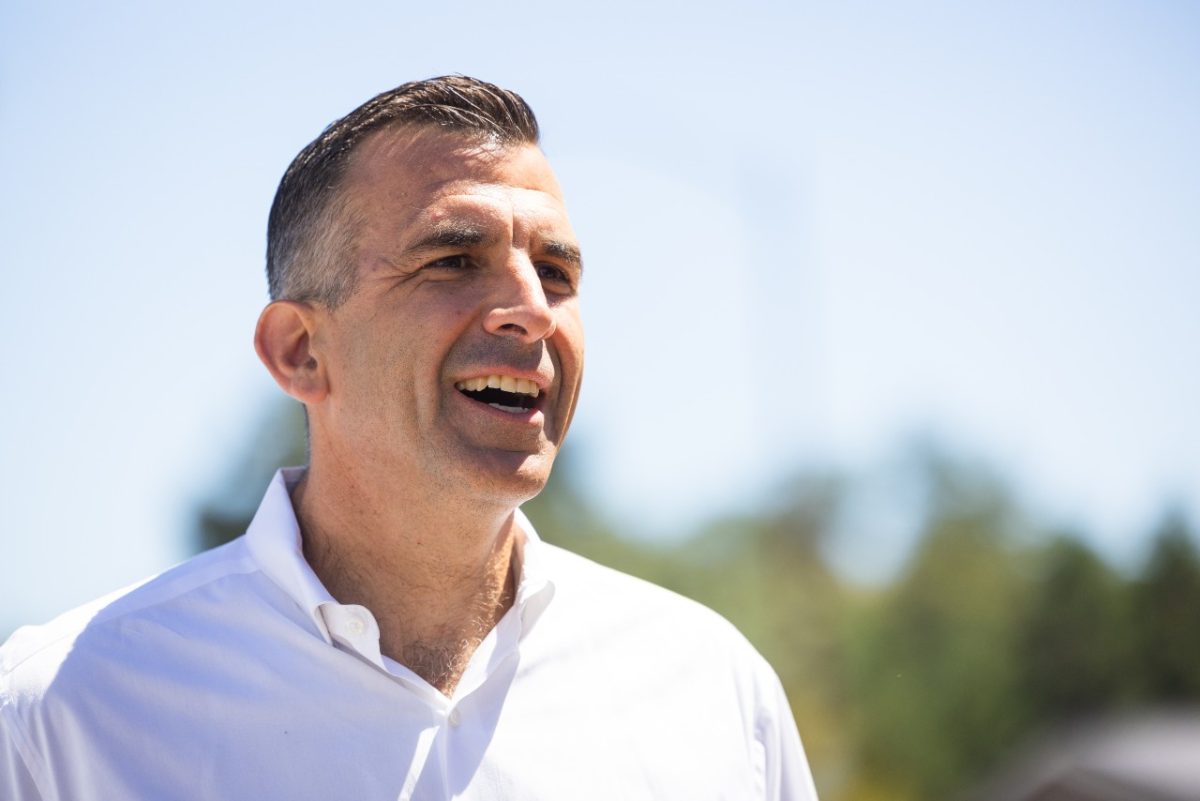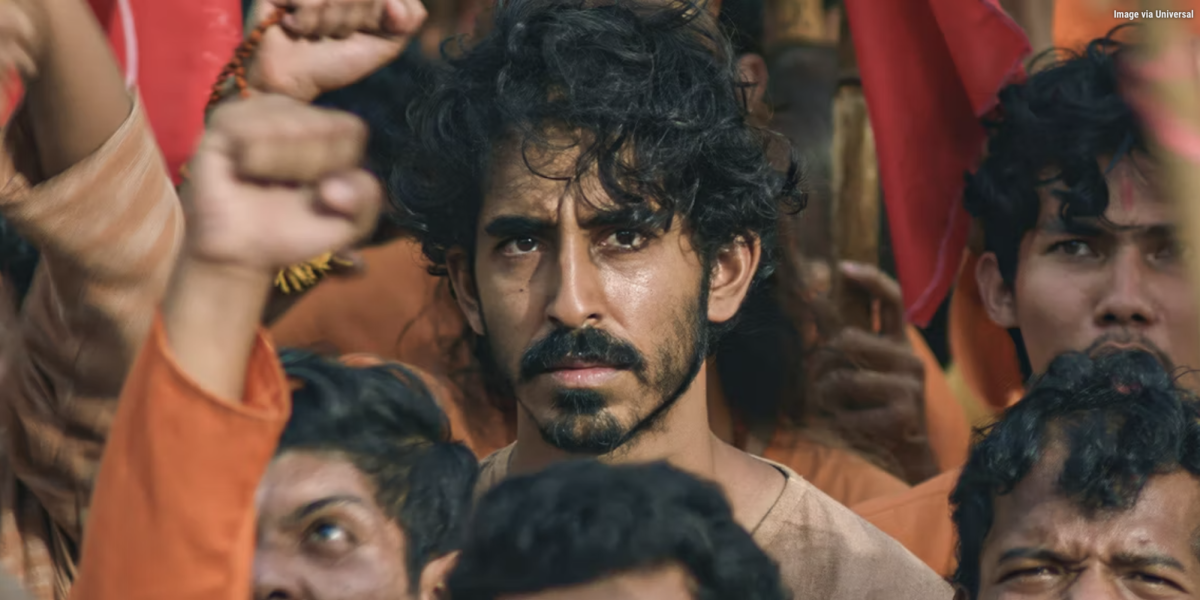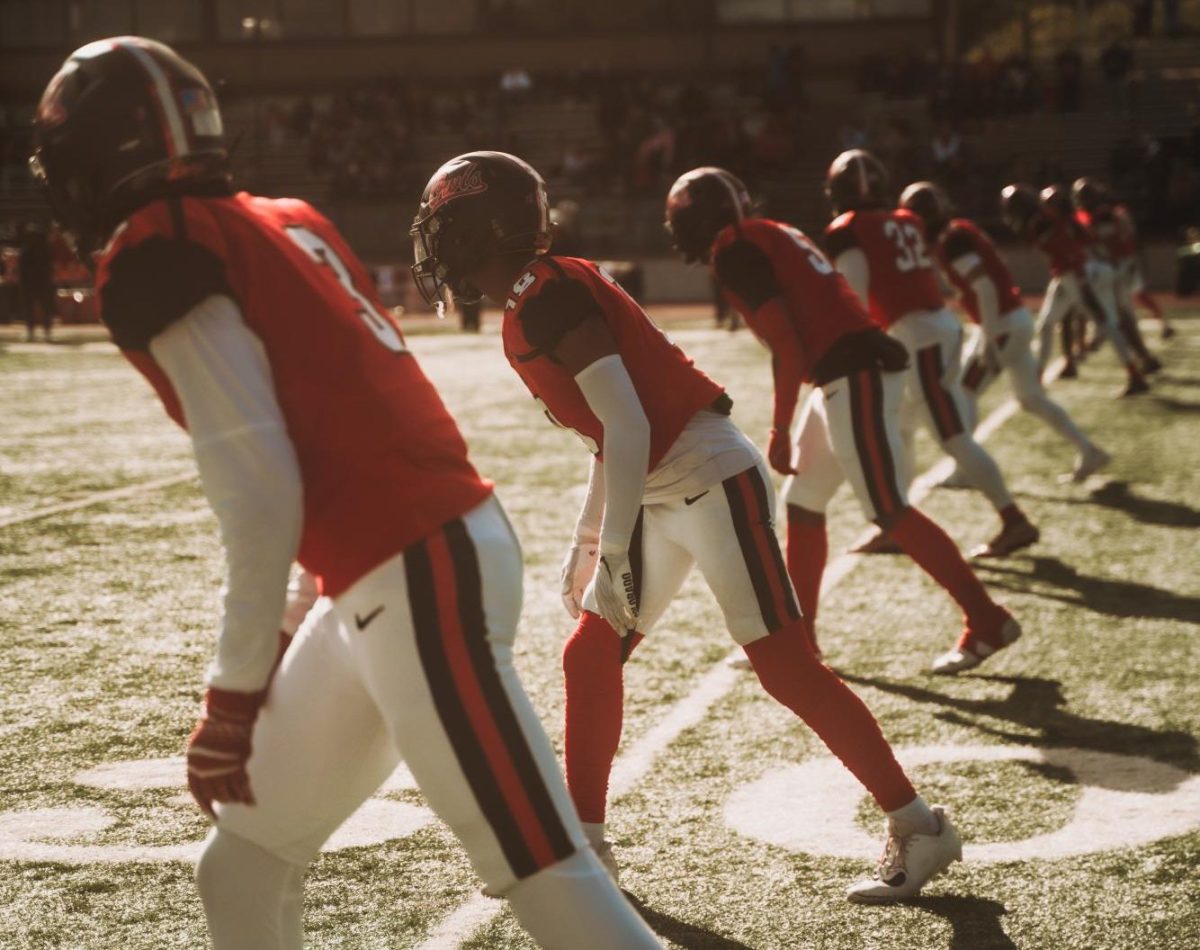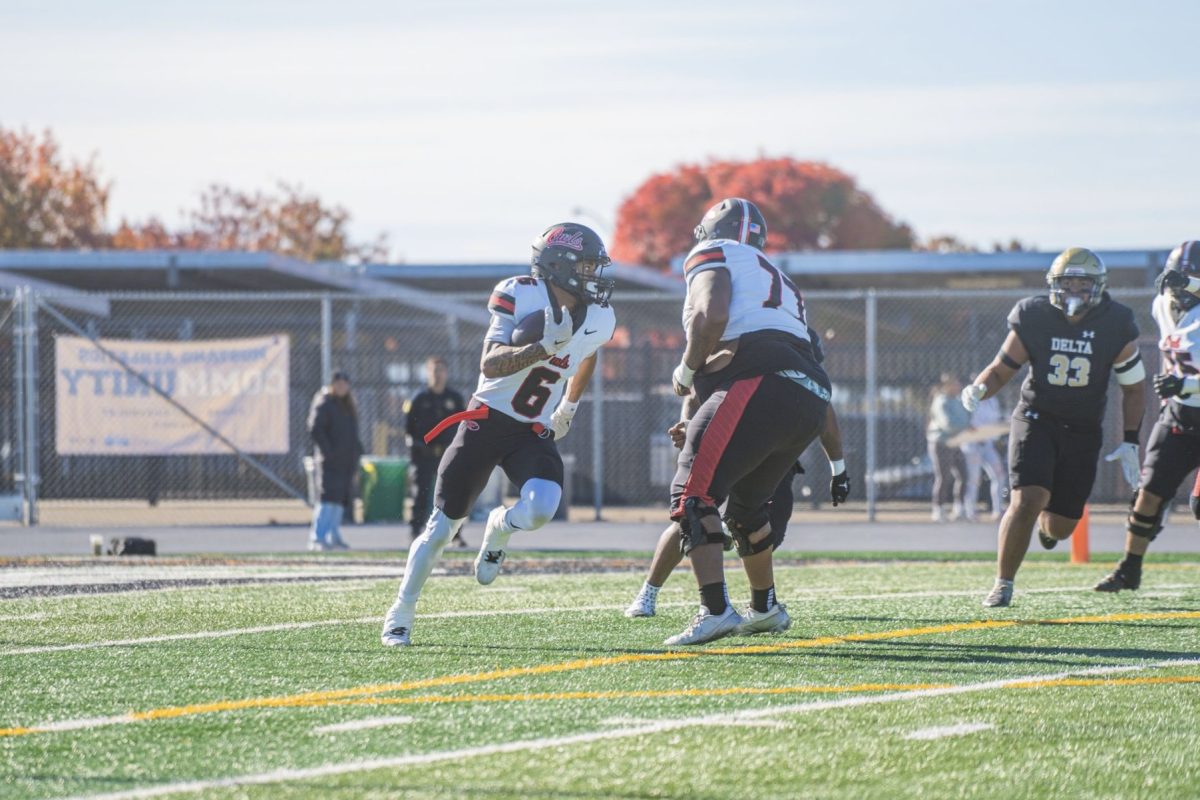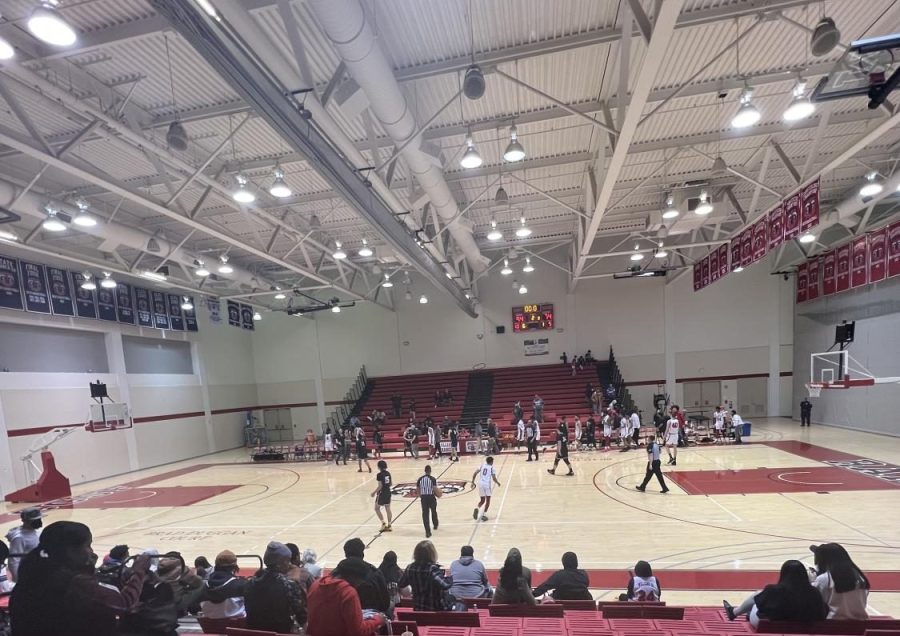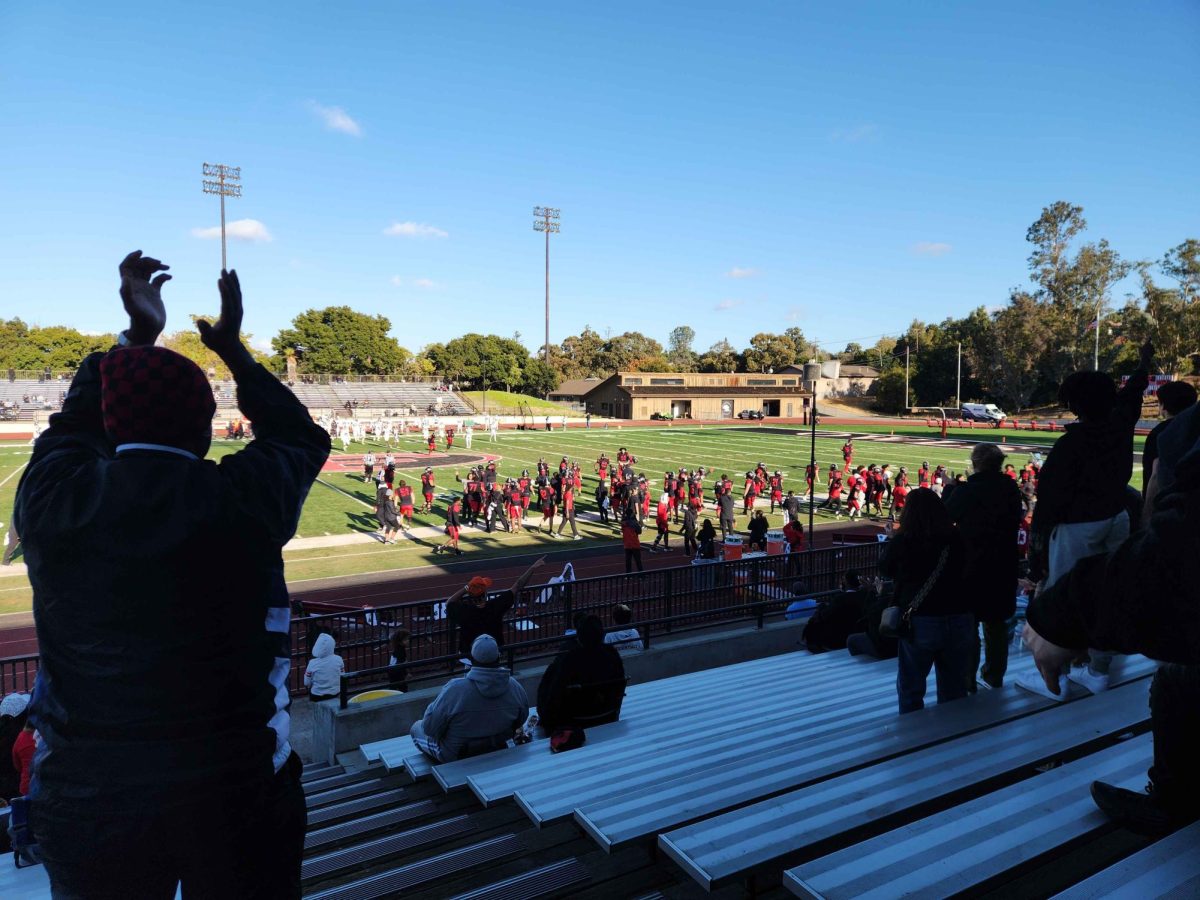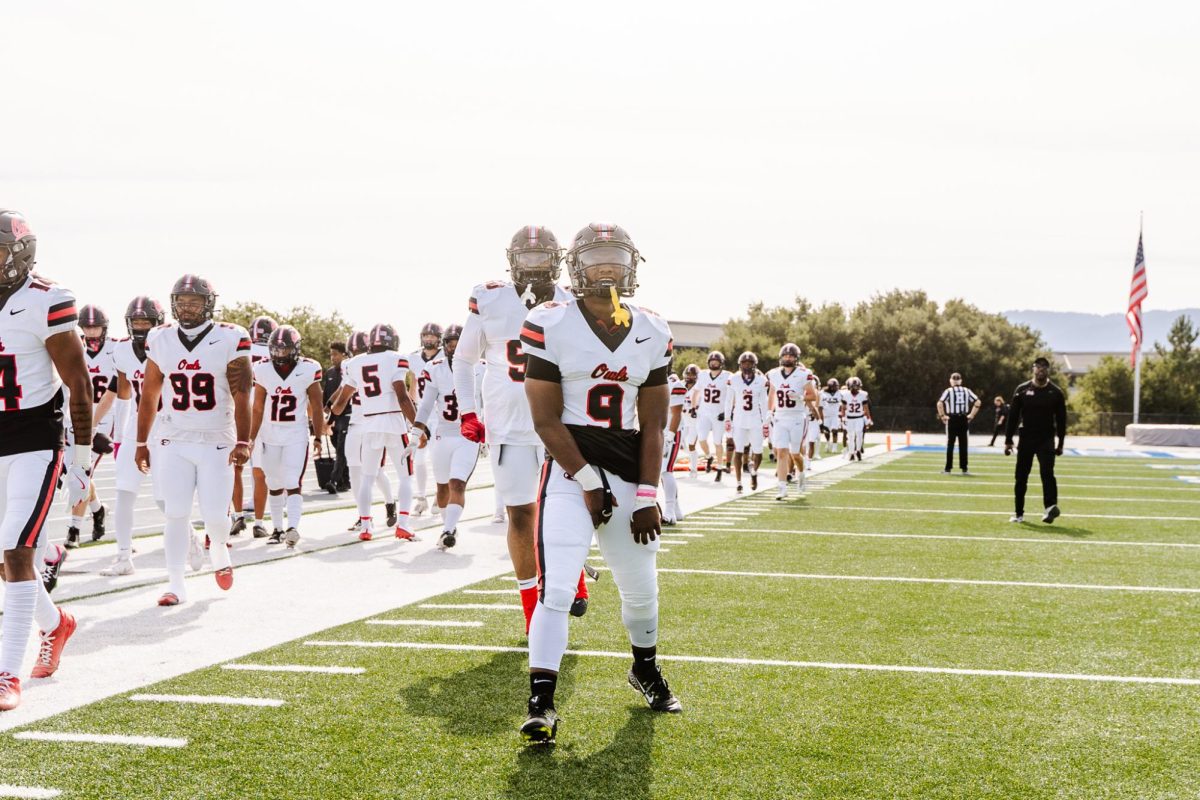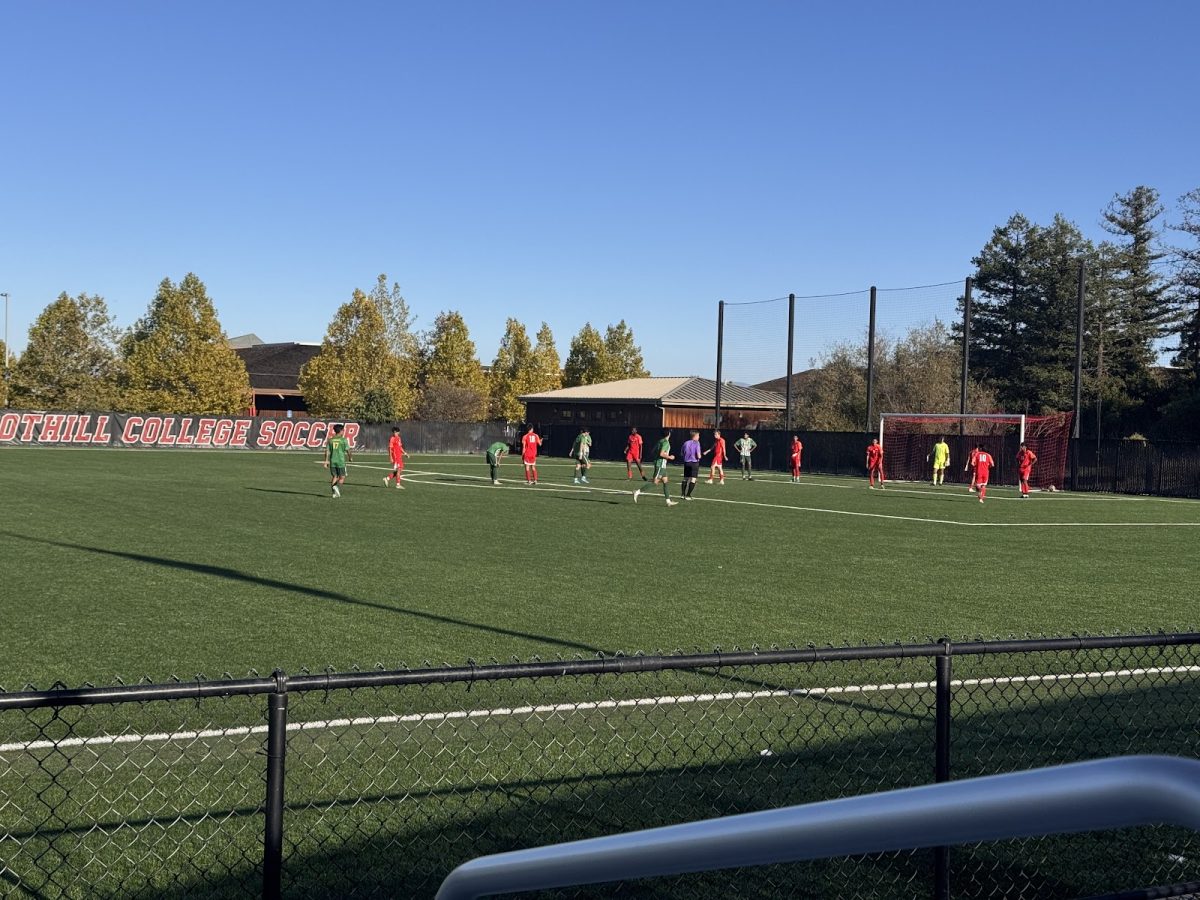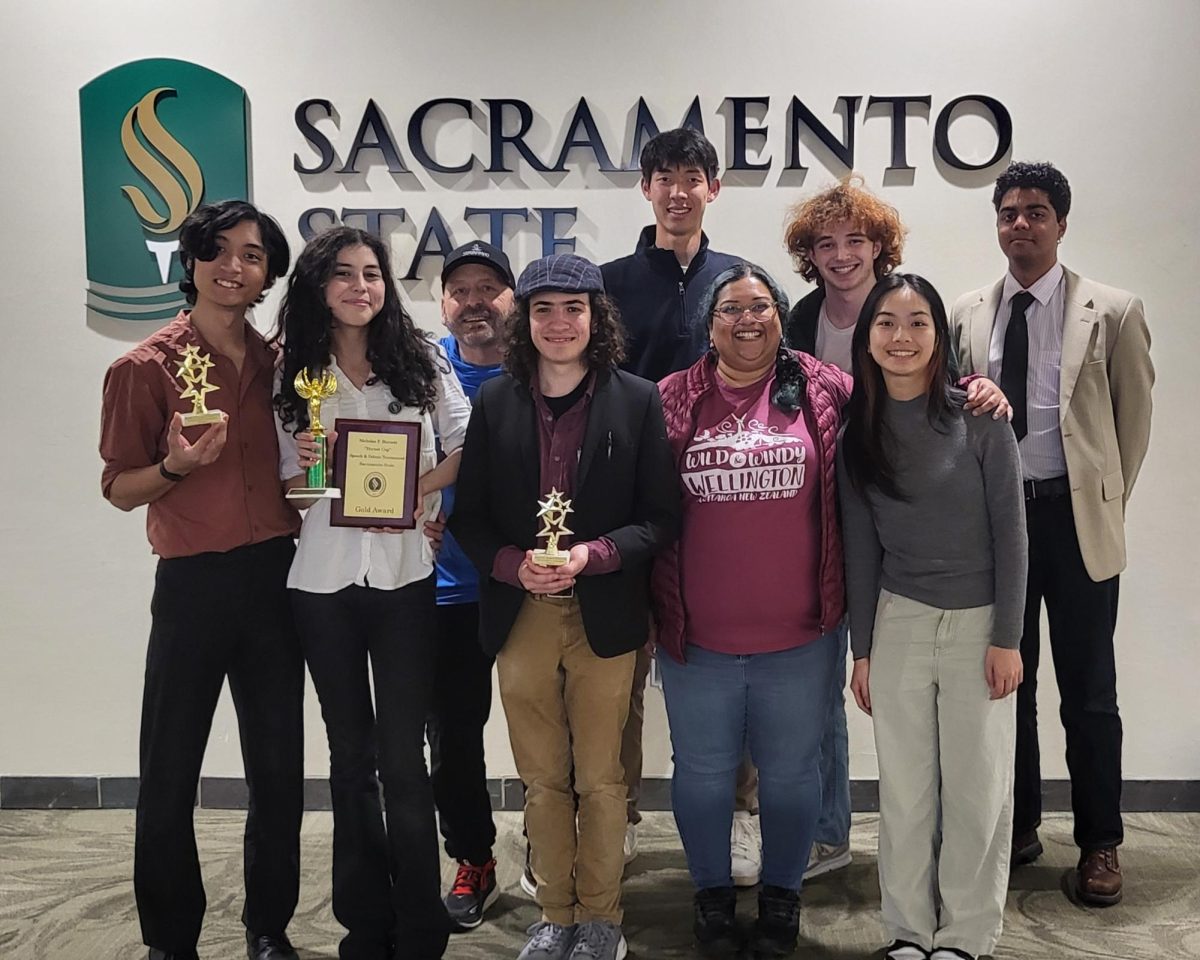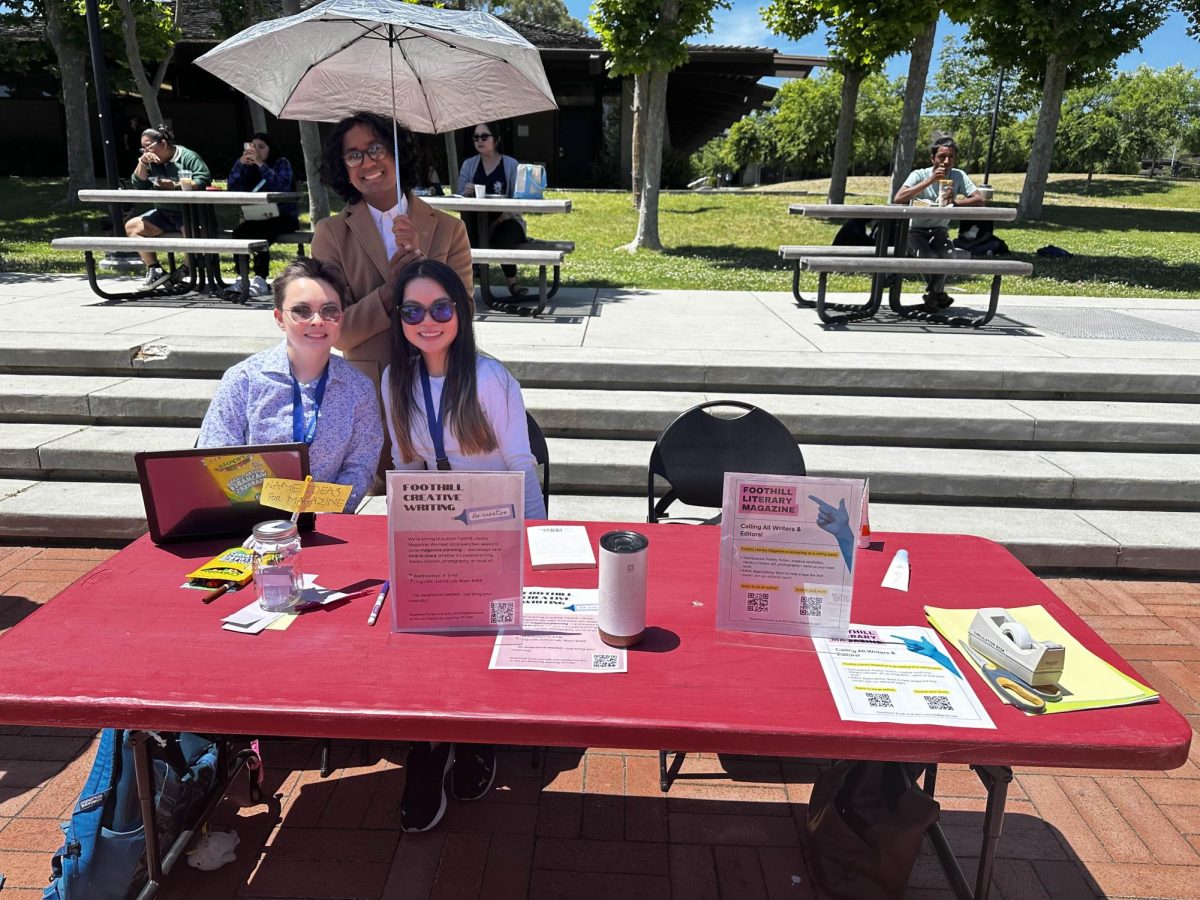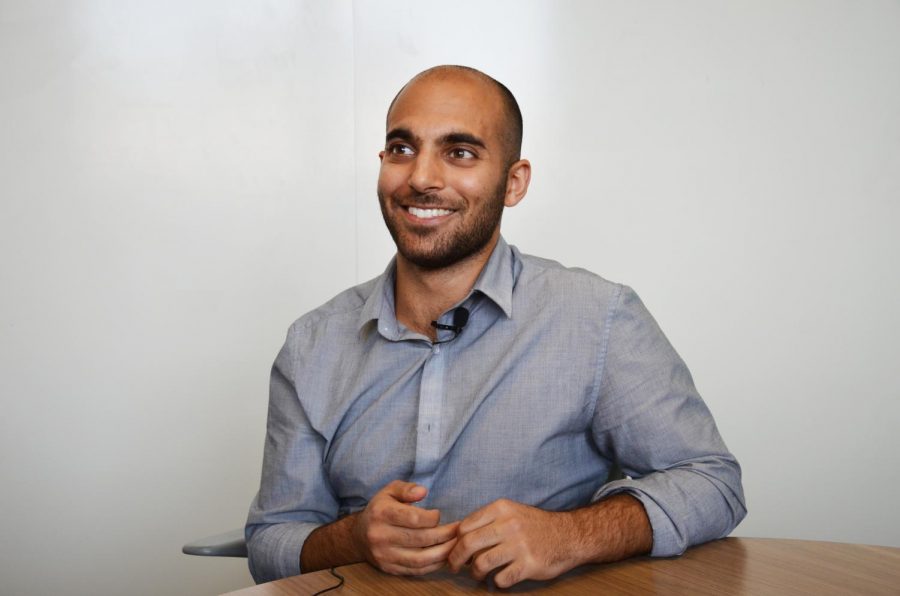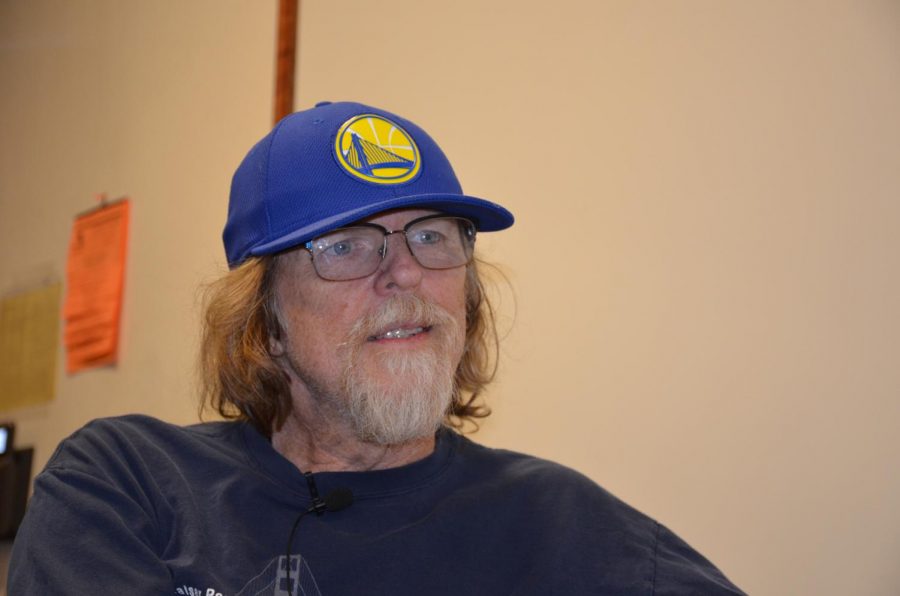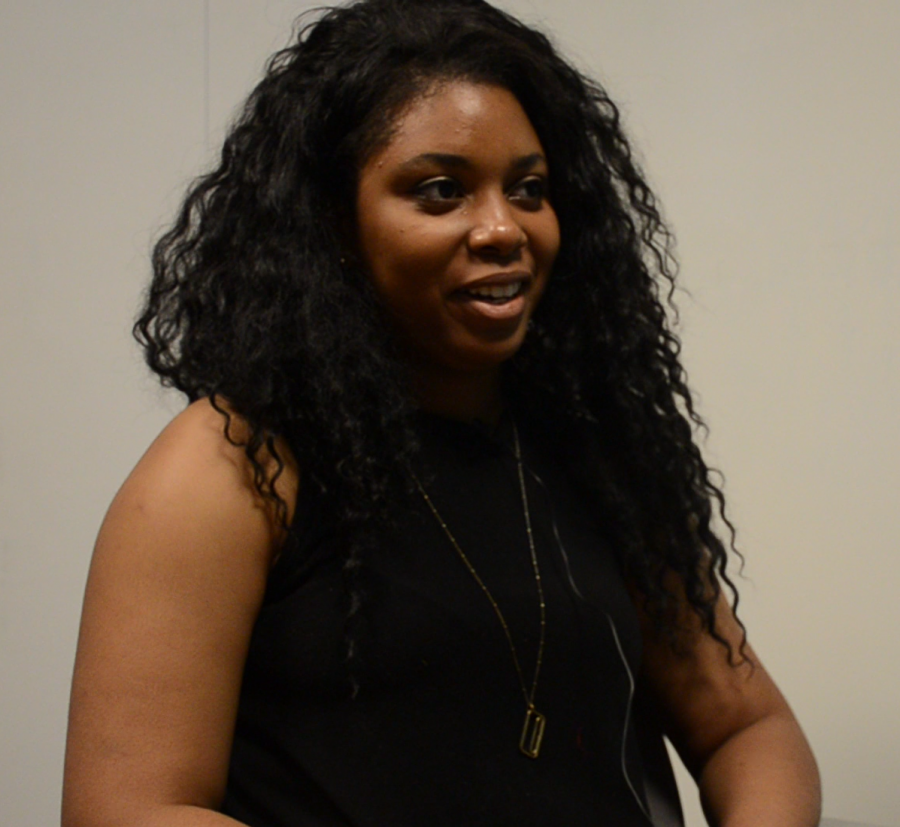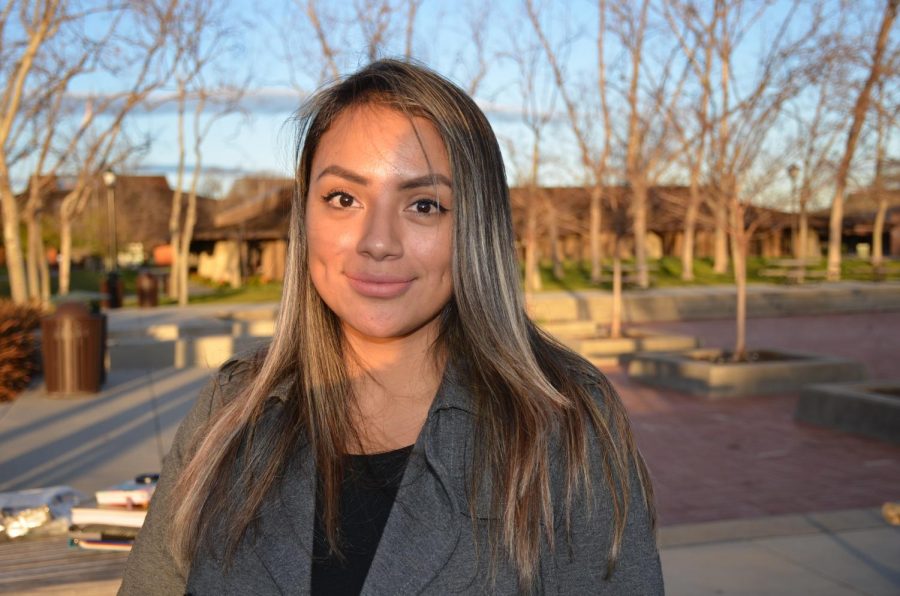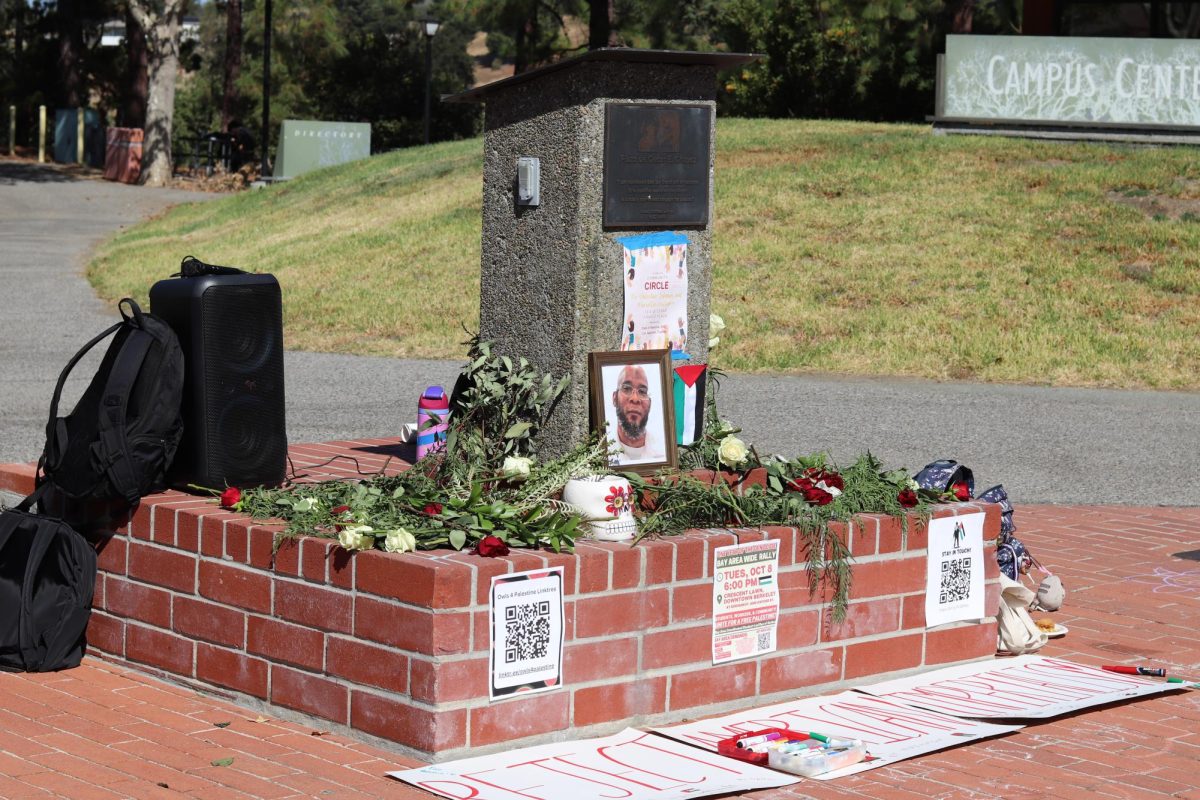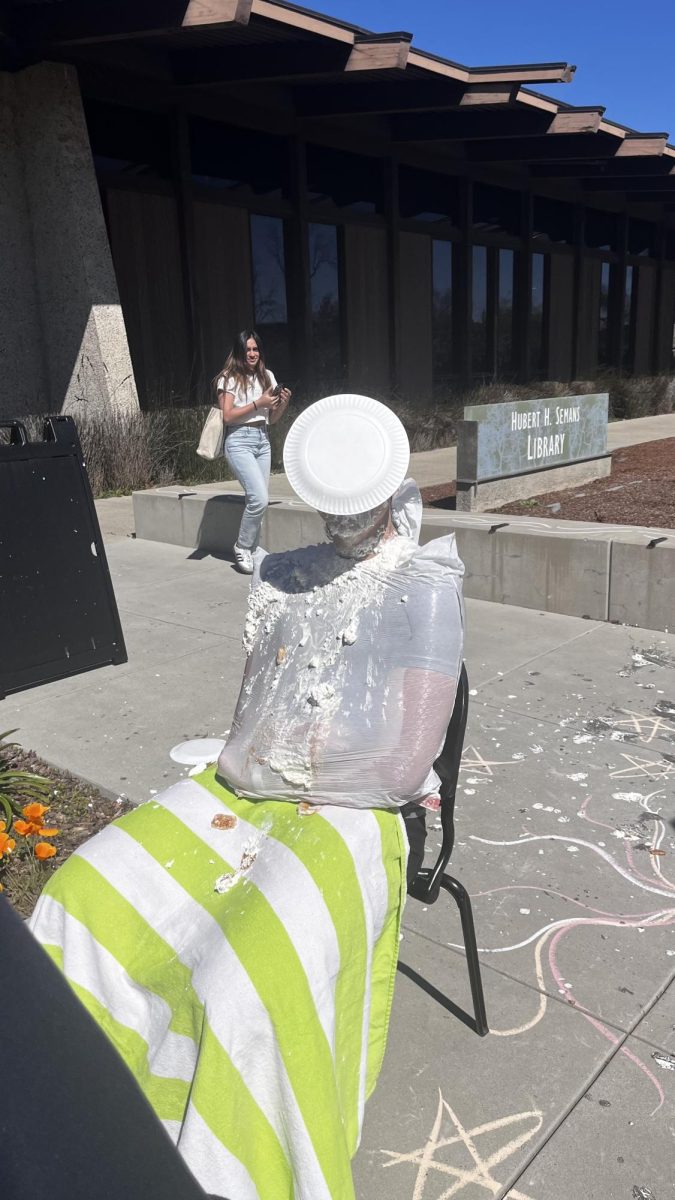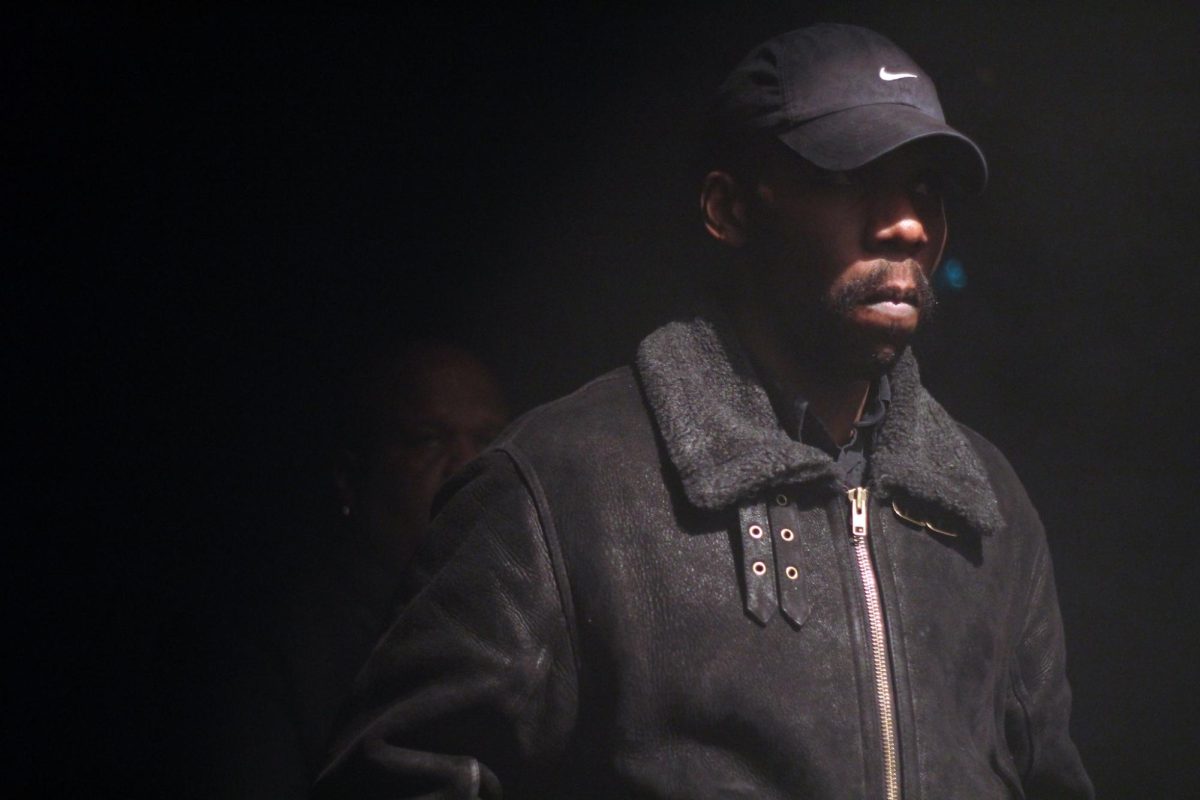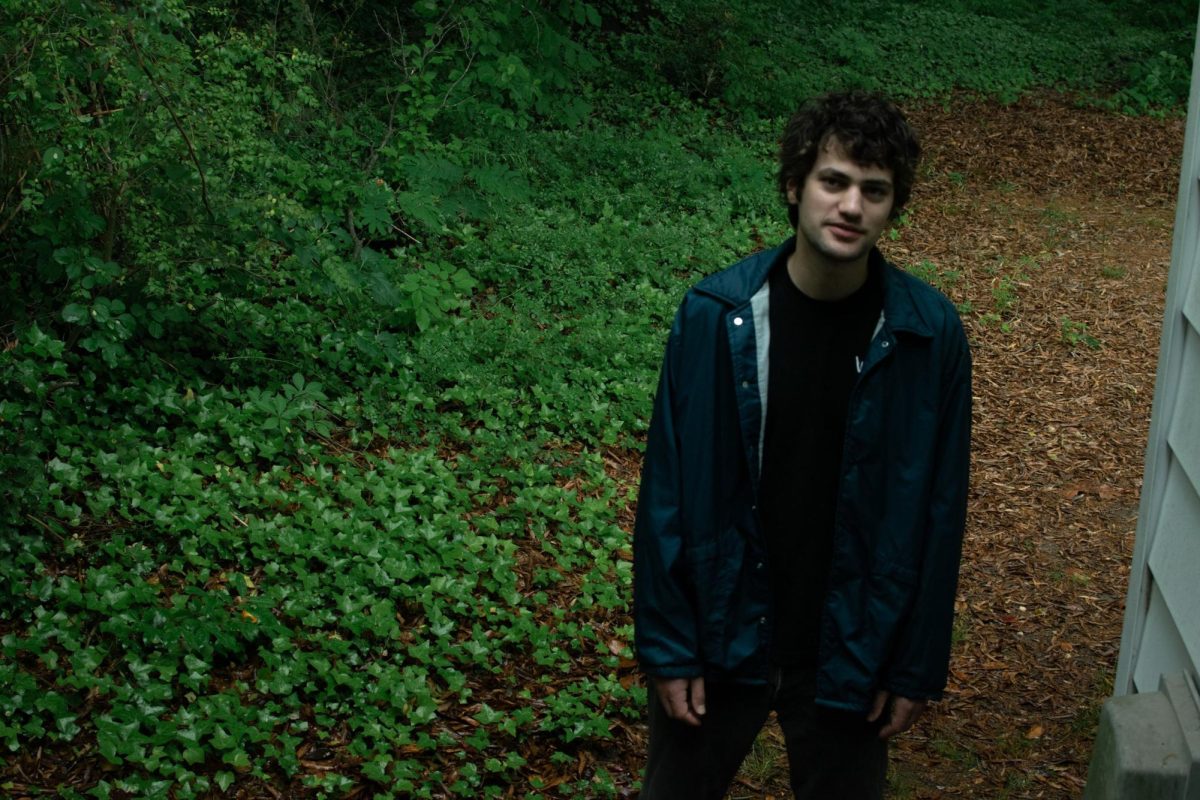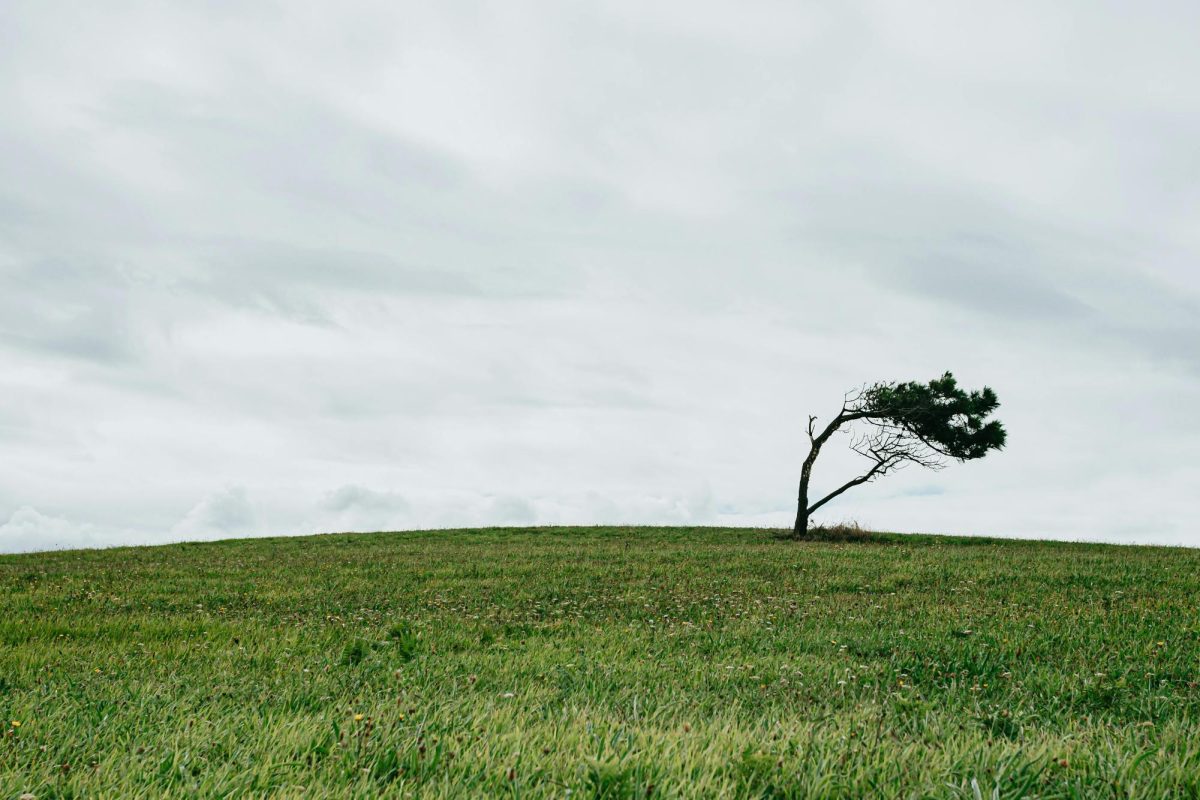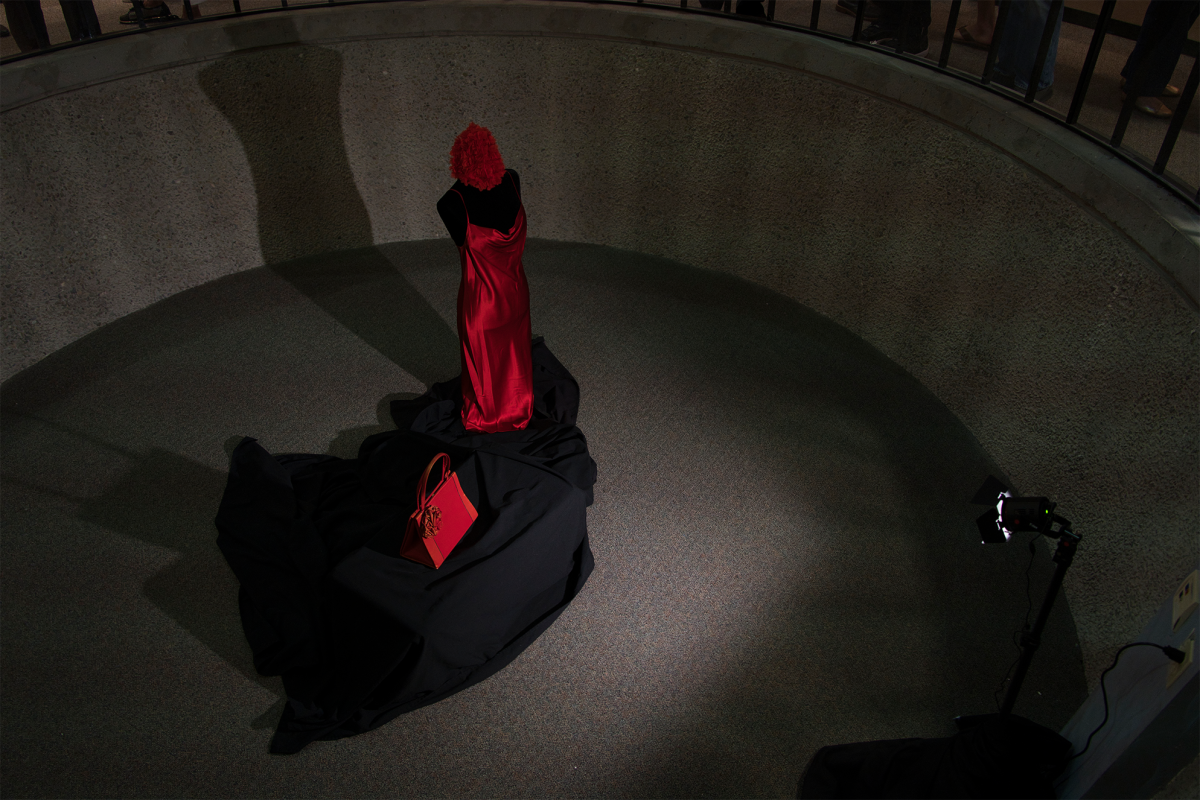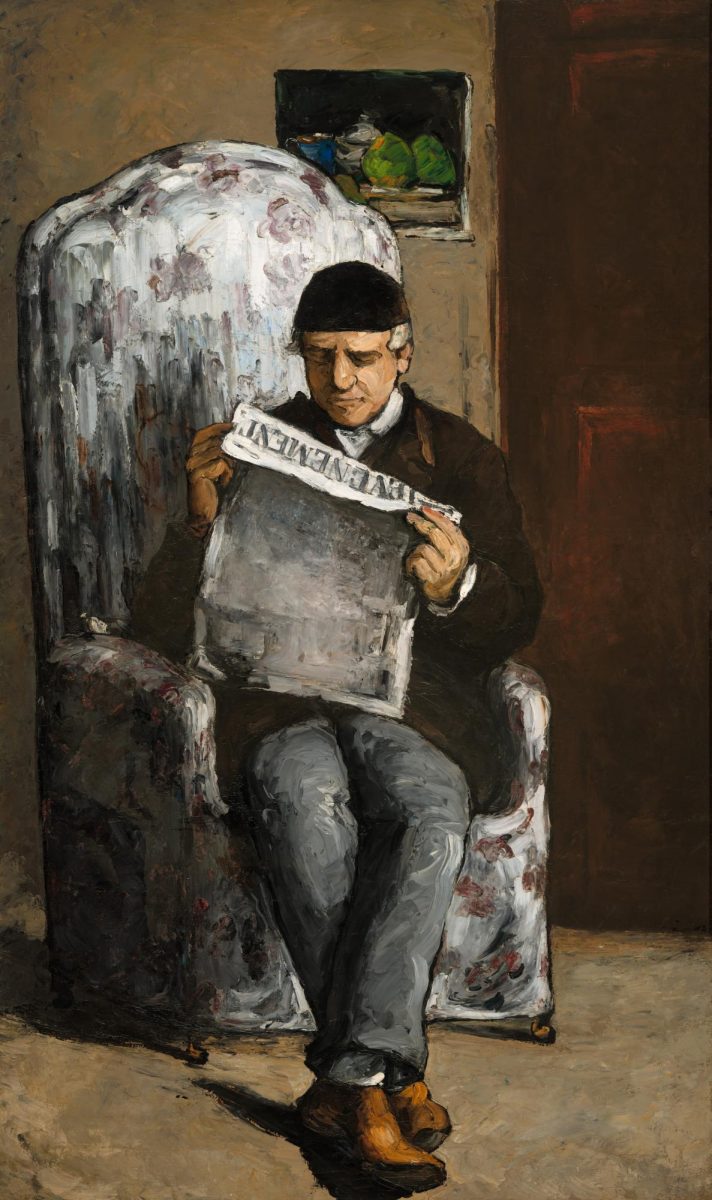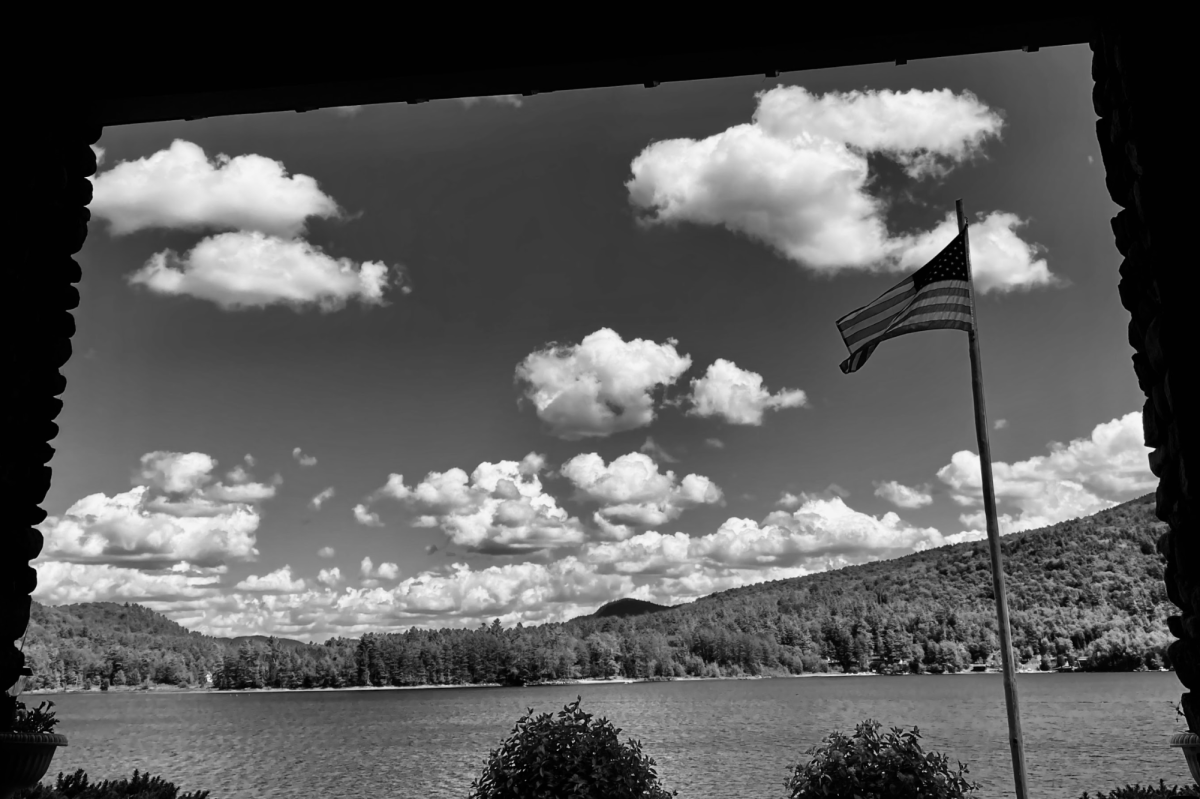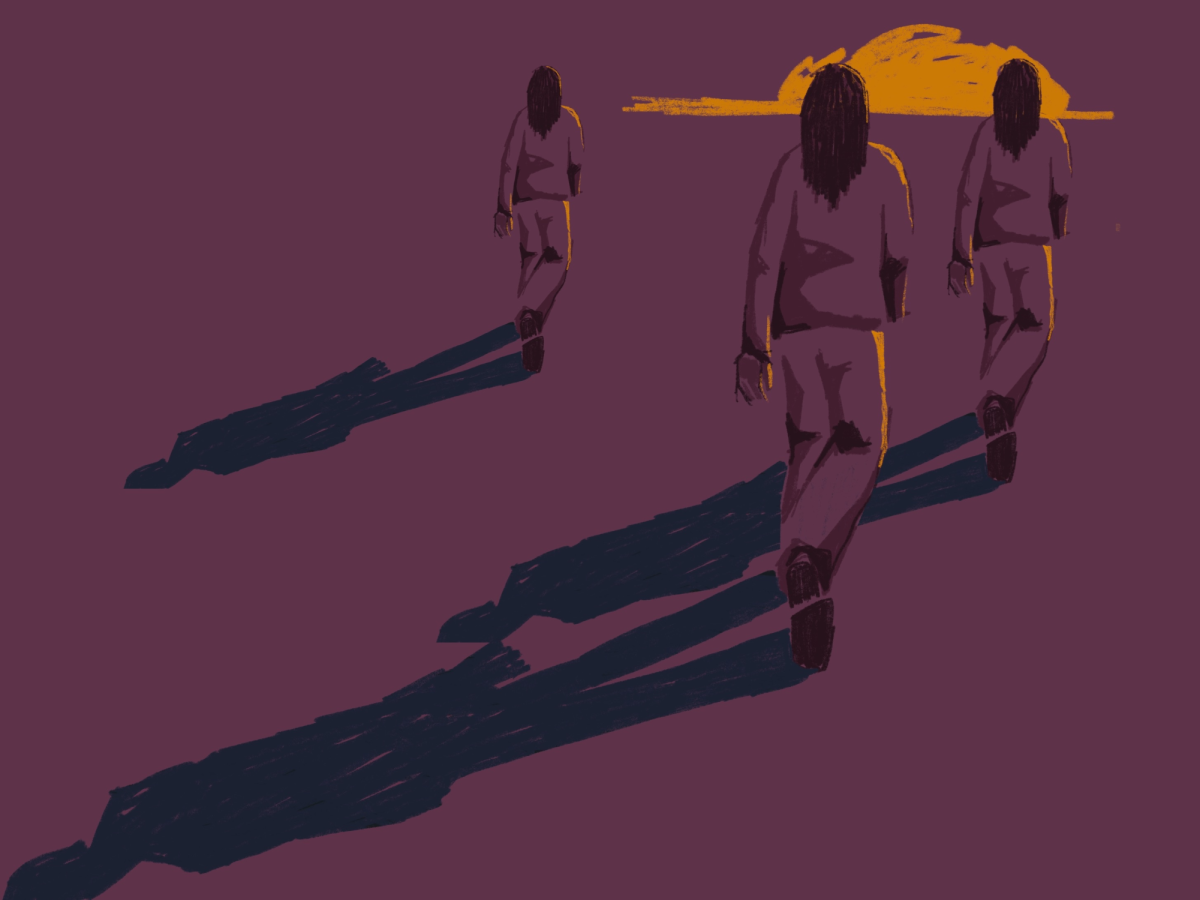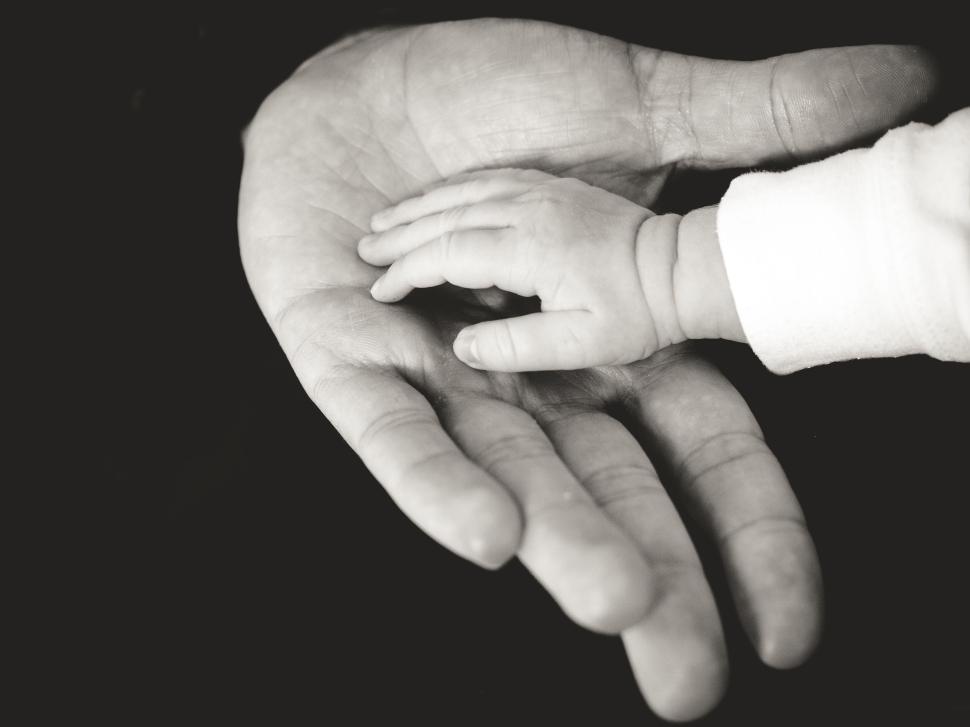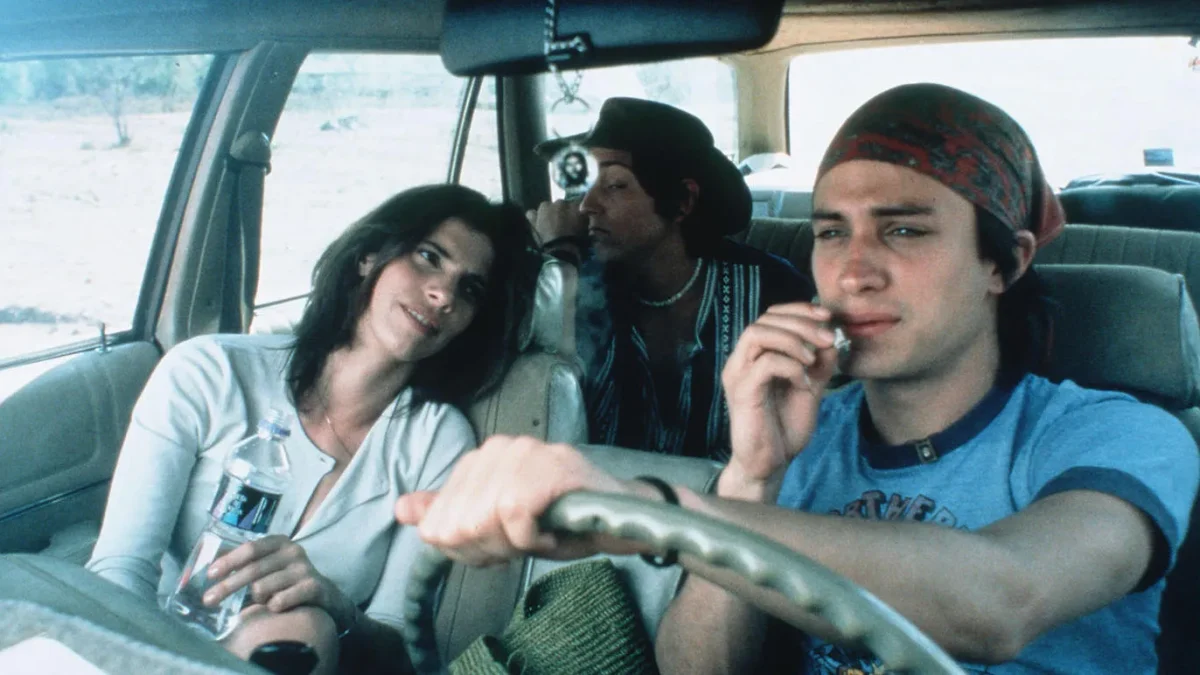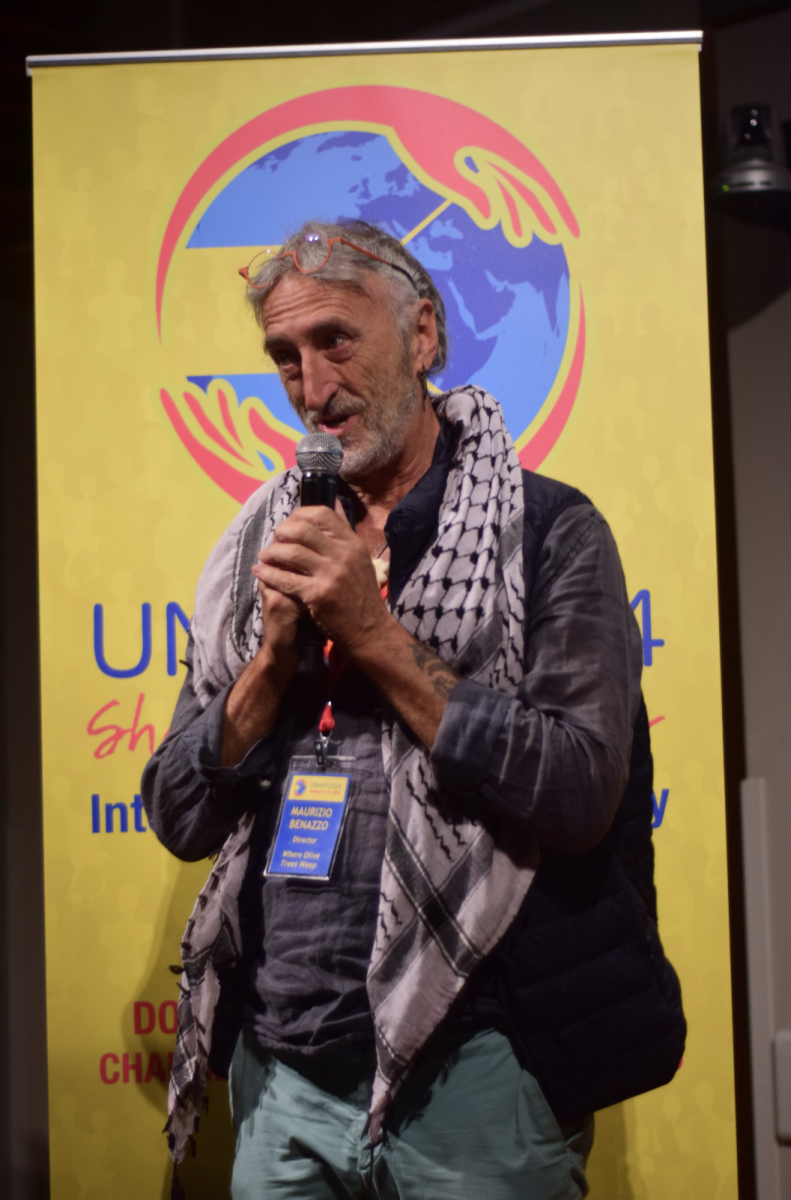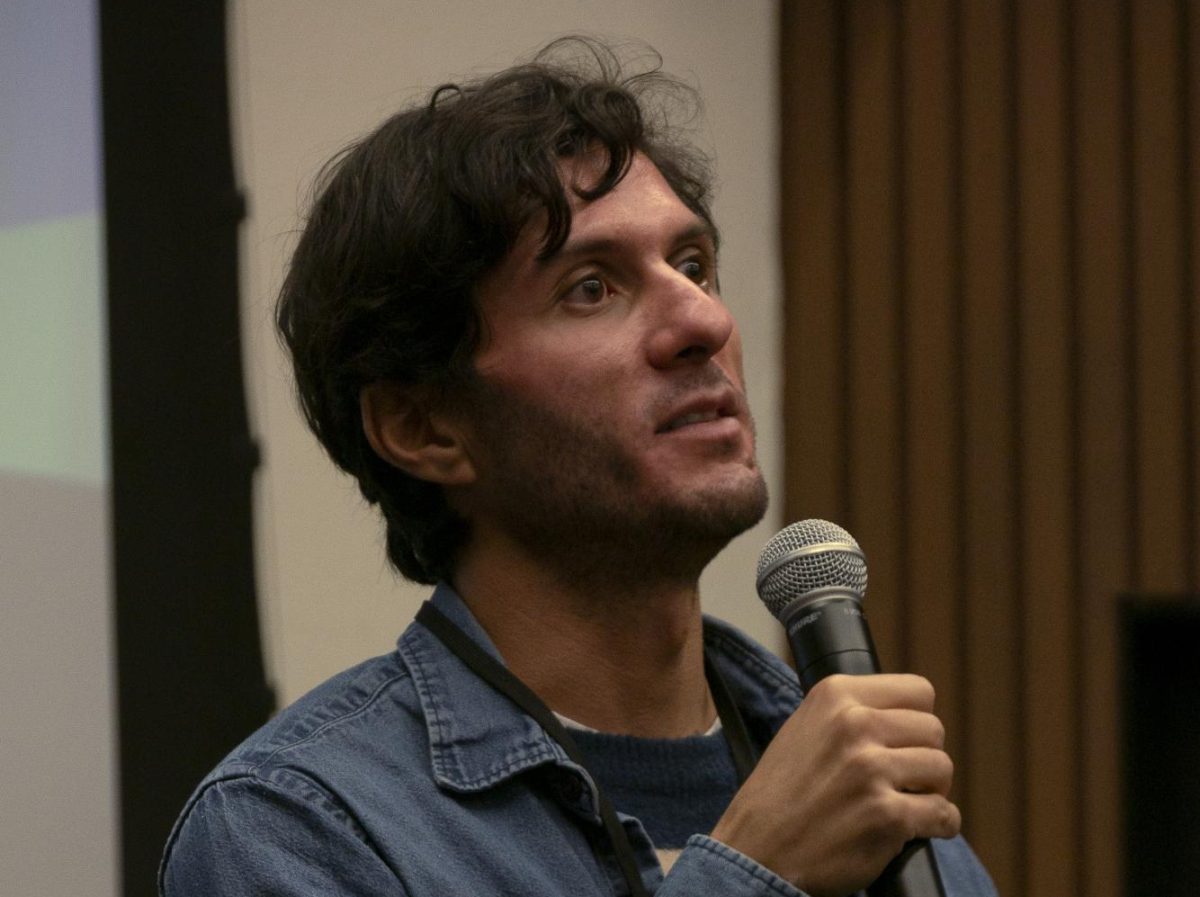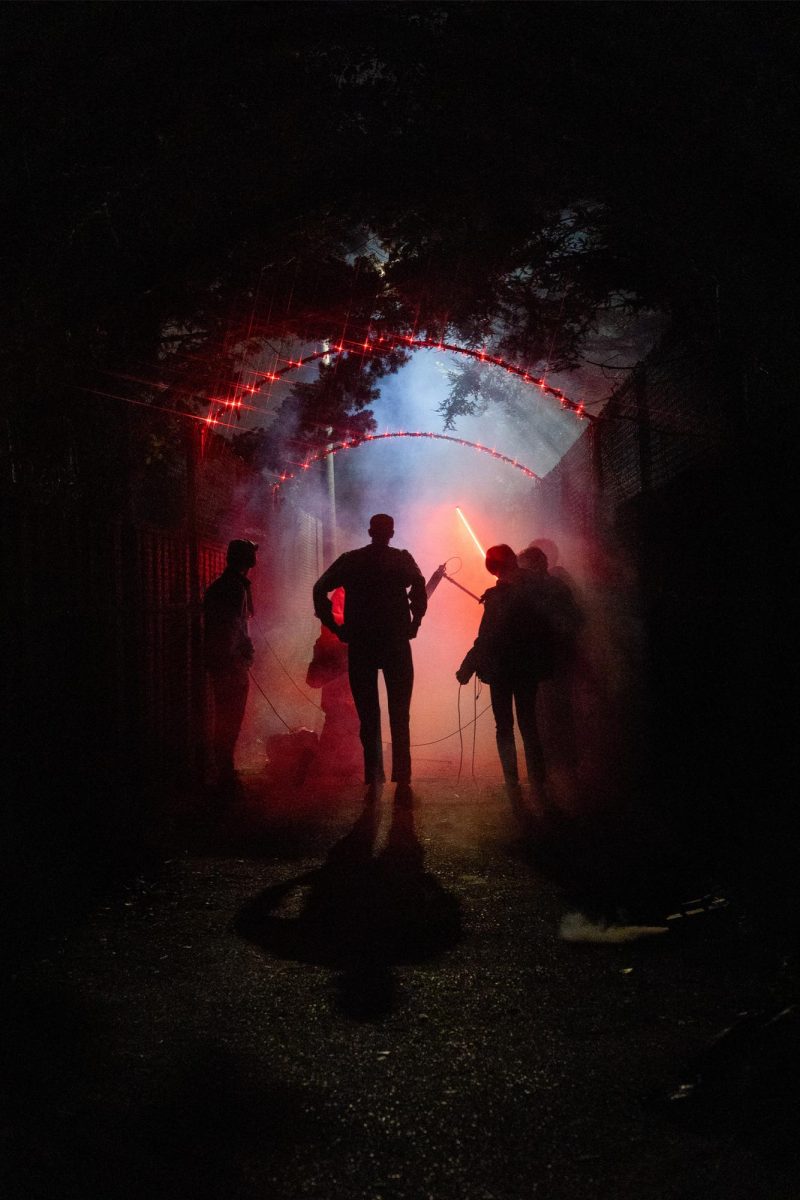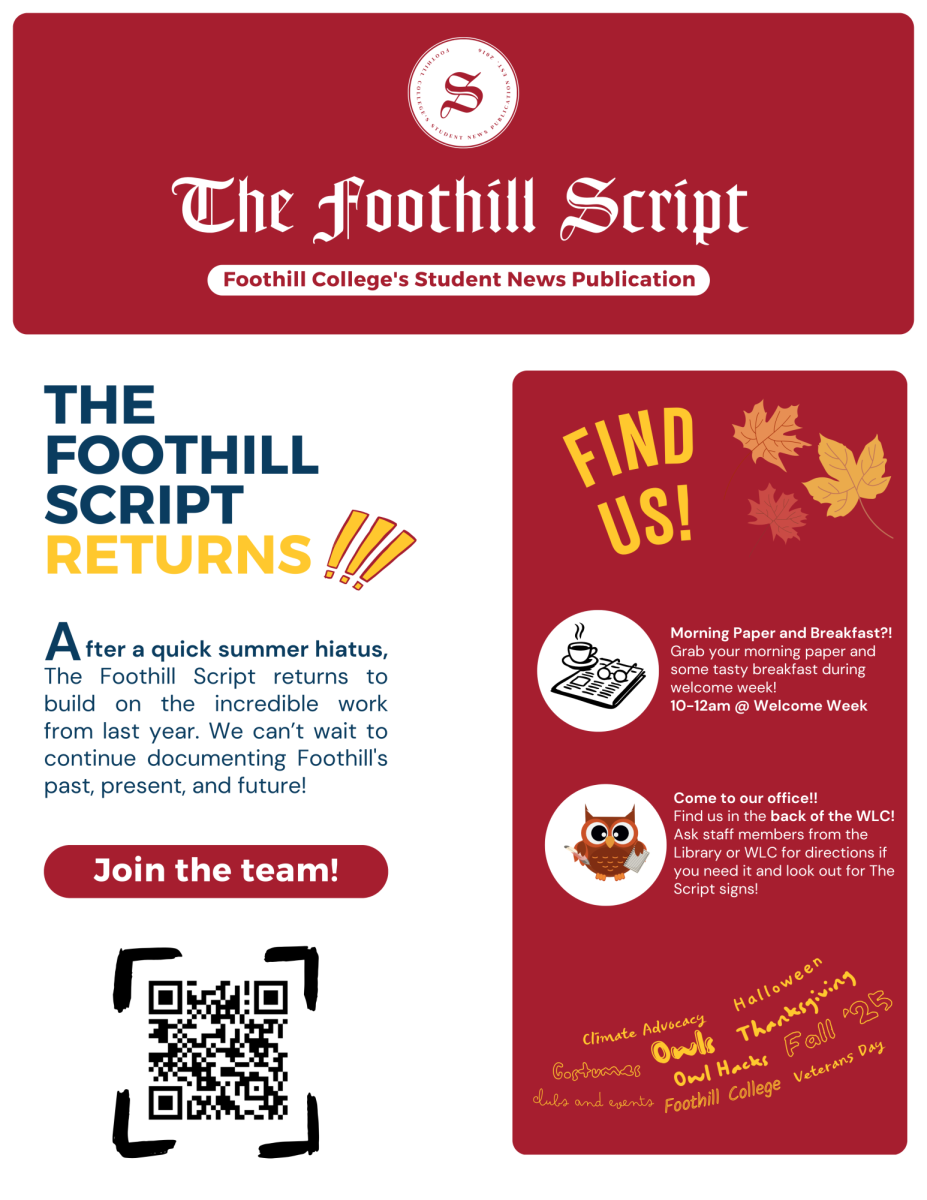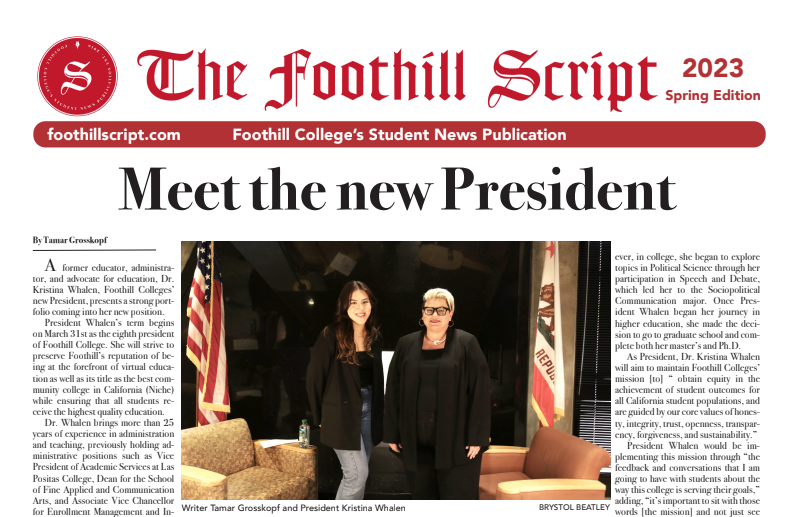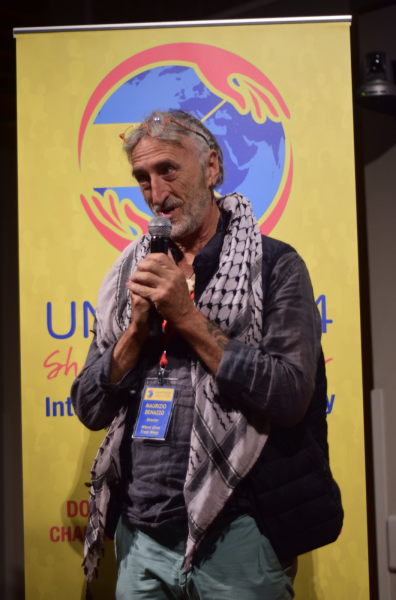
Maurizio Benazzo, one of the directors of Where Olive Trees Weep.
When it comes to analyzing a documentary, I always feel that I have a necessity to give the filmmakers some amount of grace due to how low most documentary budgets are, and how passionate the filmmakers tend to be regarding the topic at hand. With Where Olive Trees Weep, I only feel this to a higher degree. Filmed in 2022 and released in 2024, the documentary interviews a number of Palestinians living in the West Bank, as well as historians and other academics who help give context and perspective on the grave plight the Palestinians have faced at the hands of the Israeli government.
I had the opportunity to view the documentary twice; once at a United Nations Association Film Festival (UNAFF) screening in Palo Alto, and a second time on the Foothill campus, presented by the Social Justice club and Owls 4 Palestine. Directed by Zaya Ralitza Benazzo and Maurizio Benazzo, their previous experiences in making documentaries led to a stunningly shot and well-paced format that weaved between stories and historical context in order to tell a cohesive narrative. The directors felt a moral imperative to tell this story, and this drive extends itself beyond the limits of the film. 50% of all donations made to the documentary go towards Palestinian humanitarian aid, and the documentary is free to watch online.
Since its release, the documentary has faced some censorship online as well as certain screenings being blocked in places such as Livermore and Bethlehem. At the UNAFF screening, Zaya and Maurizio made an appearance before and after the film to discuss their experience making the documentary and how urgent it is to improve the living conditions of those in Gaza and the West Bank. “We have no more words for what is happening in Gaza,” Zaya stated after the screening. Despite their circumstances, she found the people she met in the West Bank still showed generosity even in the face of so much pain. “I have never experienced that anywhere [else] in the world,” she said.
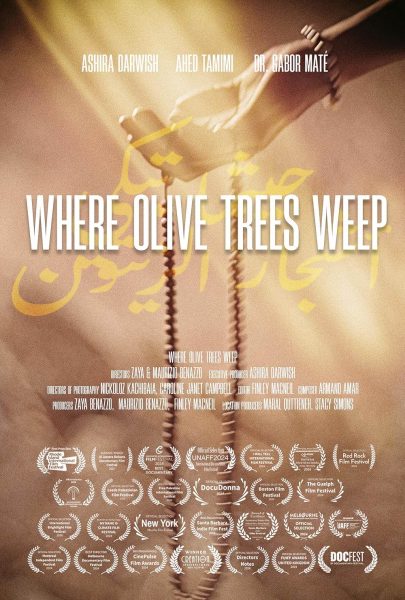
Though the number of interviews actually shown within the documentary is relatively small, they admitted that many other interviews could not be shown out of fear for their interviewees’ safety and inability to rescue them. Ashira Darwish, one of the main interviewees in the film, was able to safely leave the West Bank after October 7th, and ended up also helping produce the film due to her experience working in journalism for over a decade. Despite how harrowing her experiences were being tortured by Israeli soldiers, she stayed extremely eloquent throughout her interview and gave one of the most central insights for the documentary into the Palestinian experience in Israel. Regardless of if someone was a journalist, civilian, or peaceful protestor, the soldiers repeatedly reacted with violence. First-hand footage is also shown at times, to add on to some interviewee’s stories, such as with Nariman Tamimi’s recollection of how she witnessed soldiers shoot and kill her brother in front of her, and refused to let her help him. The scene is graphic, but ultimately necessary, as so often these stories of state-sanctioned violence against civilians are undermined or simply not discussed in mainstream media.
As pointed out by Maurizio at UNAFF, the death count for journalists in Gaza has now surpassed even that of Vietnam, with over 100 journalists killed while on the job. It is a “new low,” he said. However, he also makes sure to recognize that it is not innate to Judaism for Israel to act and exist in the way that it currently does. “Zionism contradicts the core moral values of Judaism,” Maurizio states.
Given that the bombing of Gaza and the surrounding countries is ongoing, viewing this documentary helped me internalize the ways in which the Gaza and West Bank occupation have affected the lives of Palestinians long before October 7th, and will continue to inflict pain until peace is achieved. While it is not the only documentary or source of information out there, this documentary is a good starting point for anyone interested in informing themselves on the perspective of Palestinians in the West Bank, alongside the myriad of resources the documentary’s website recommends for further viewing.


